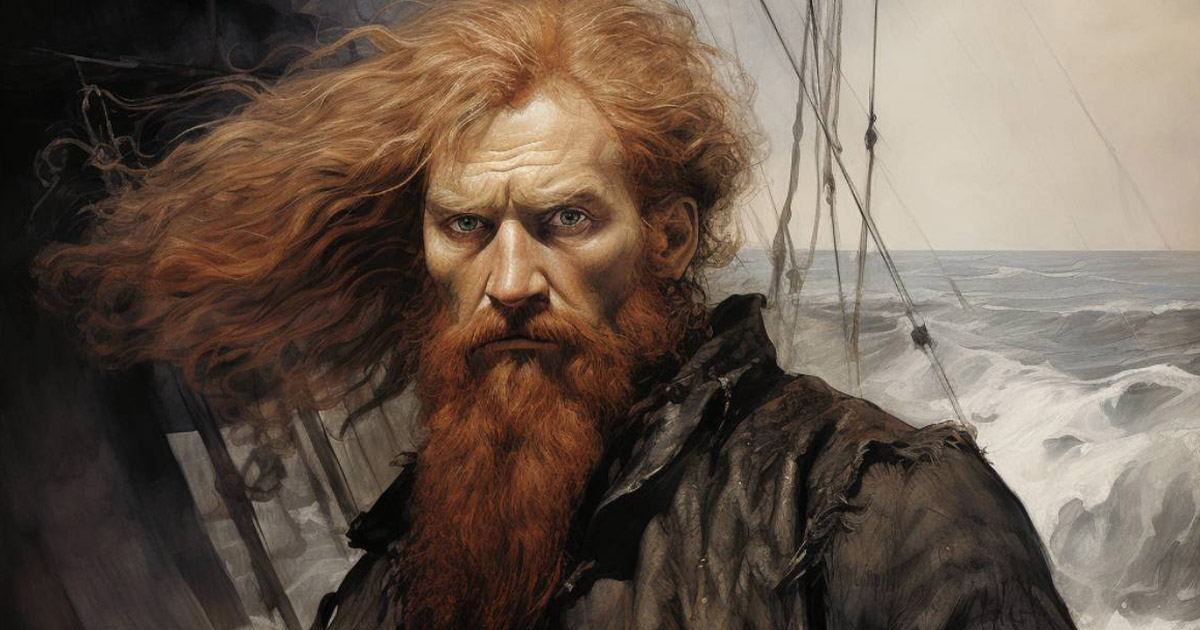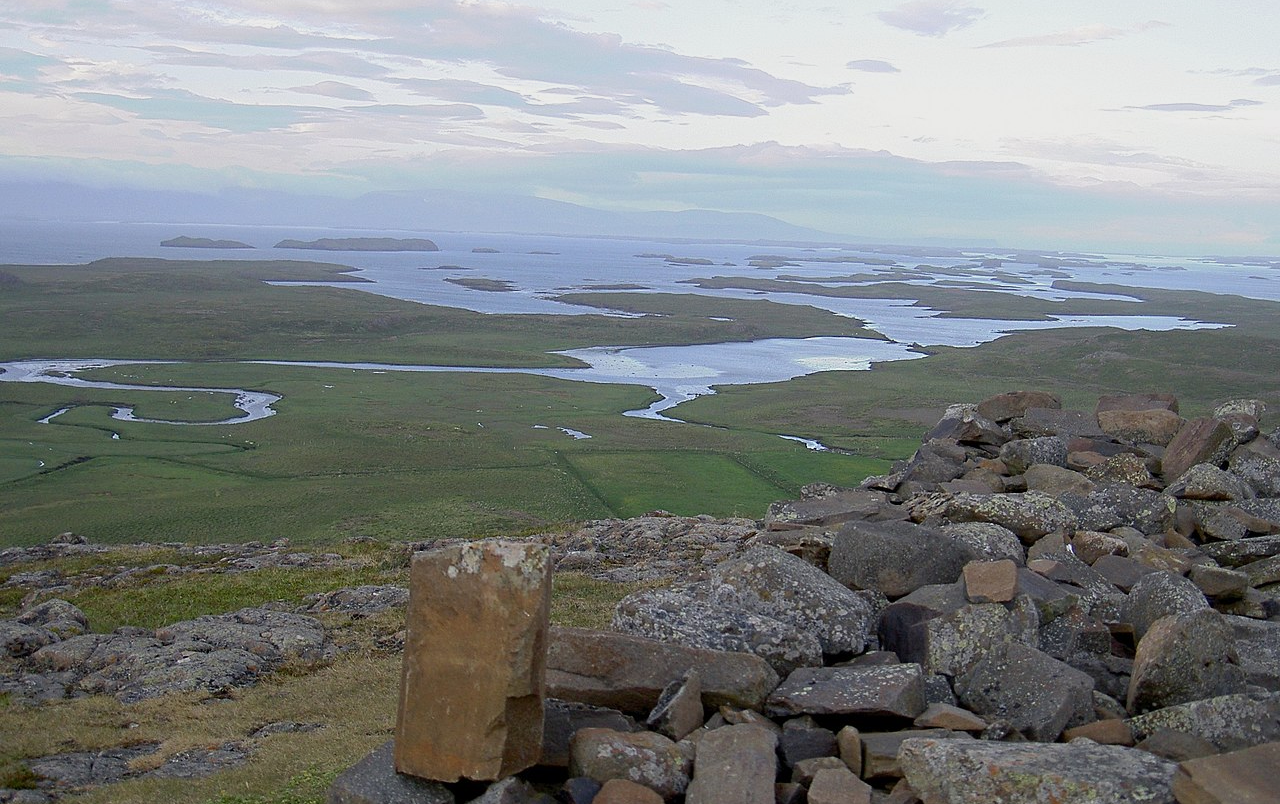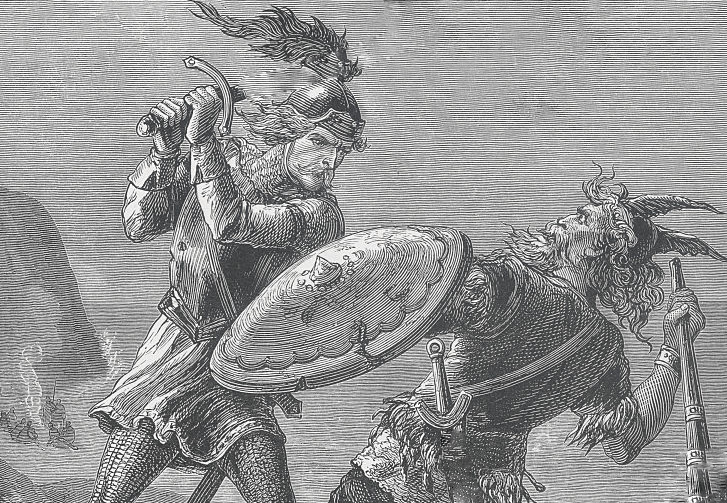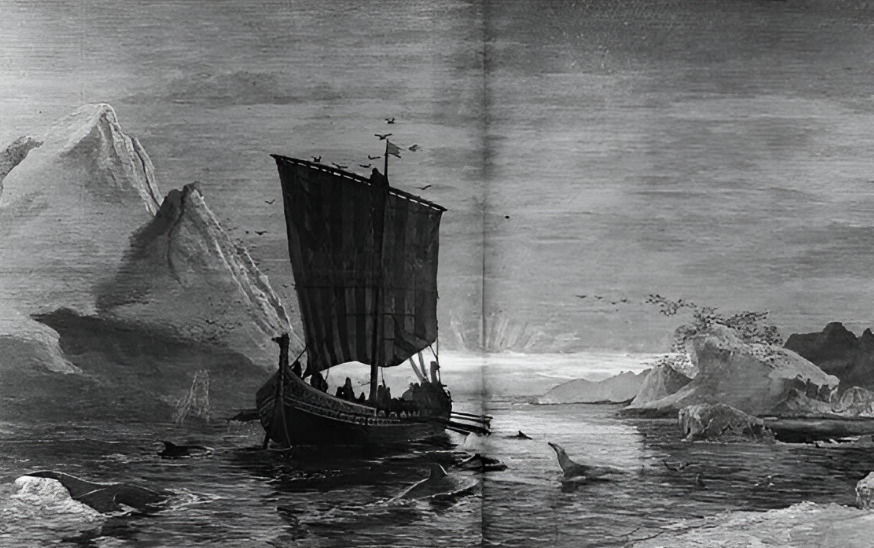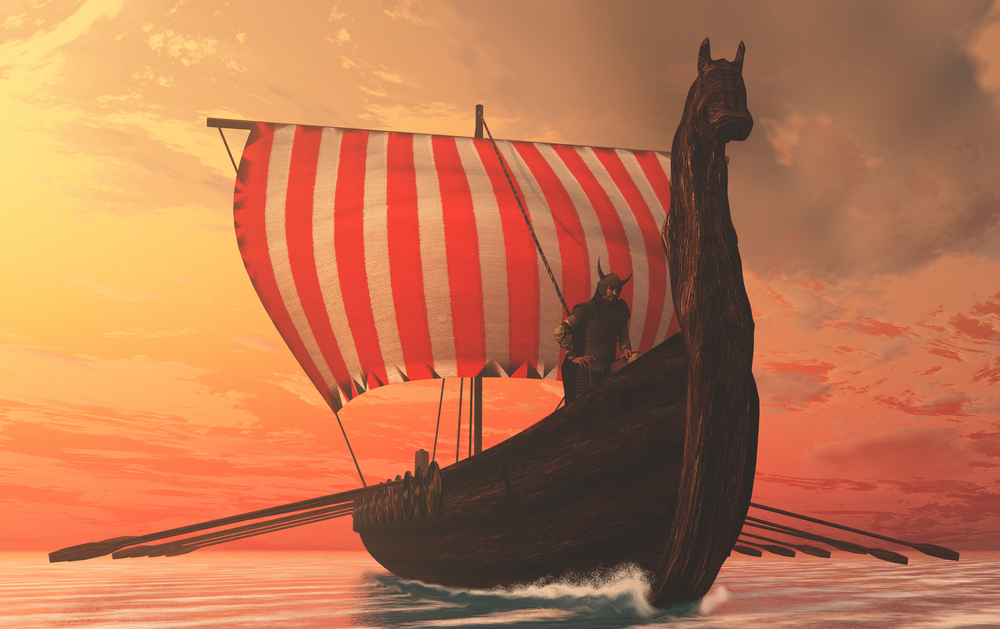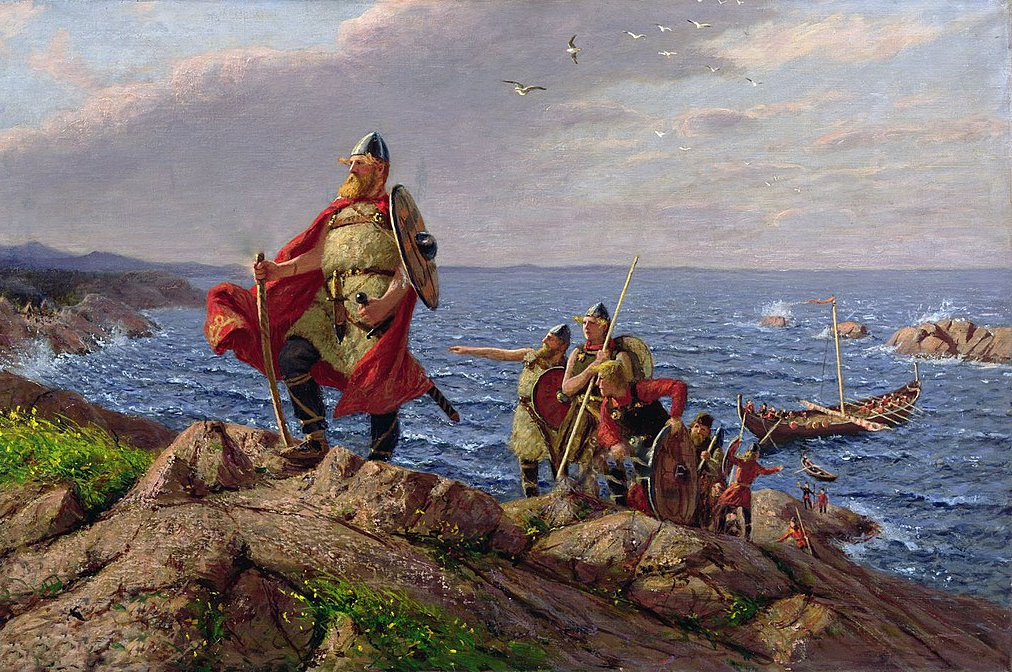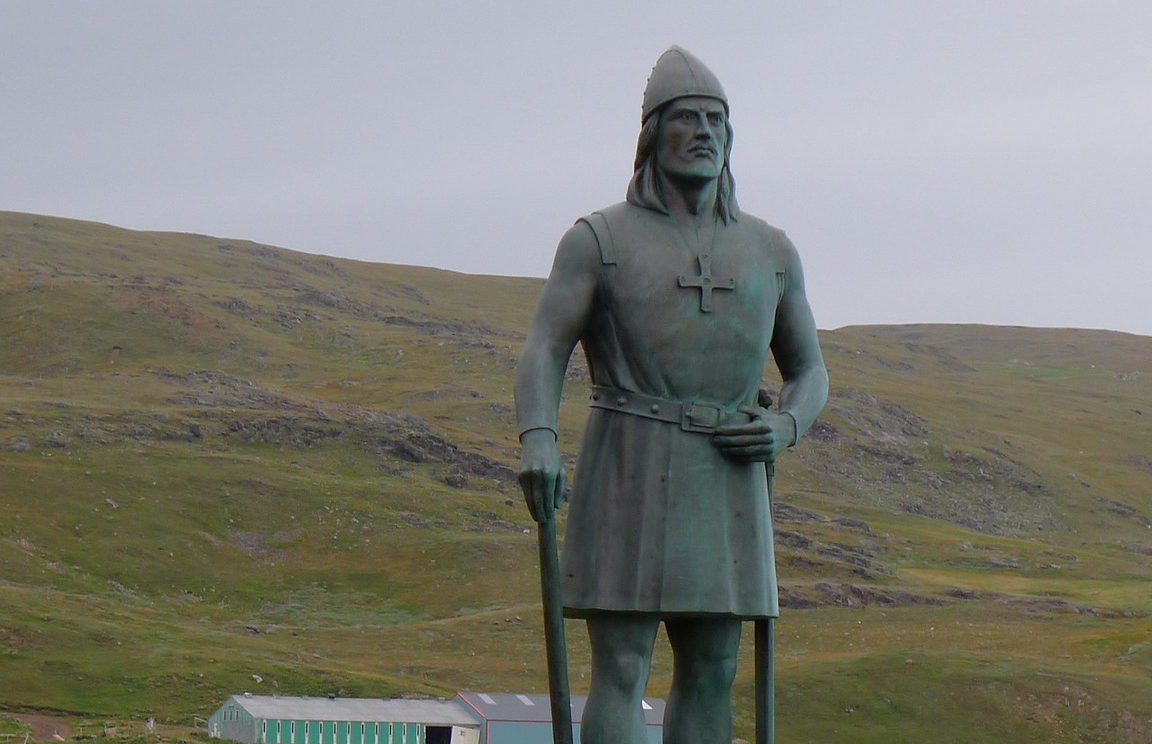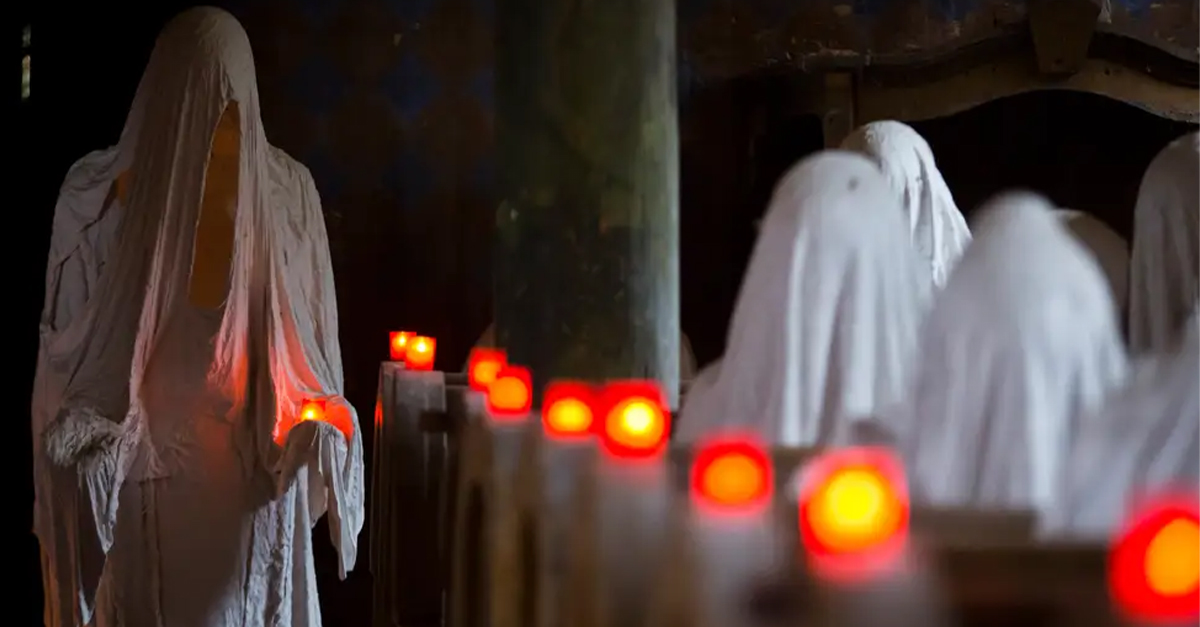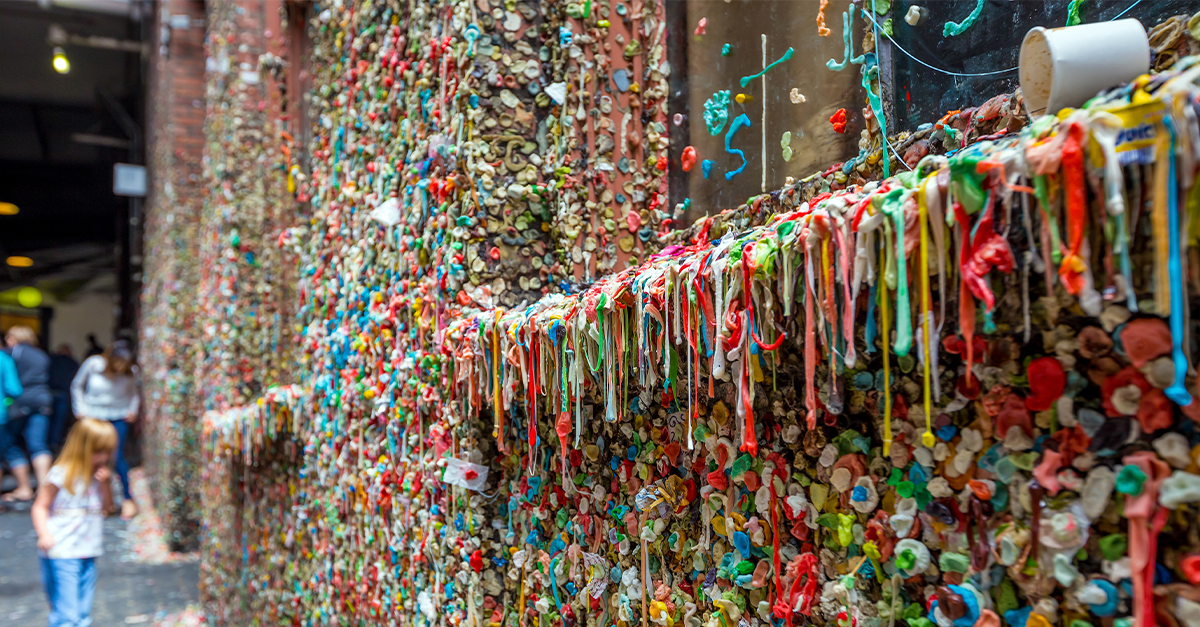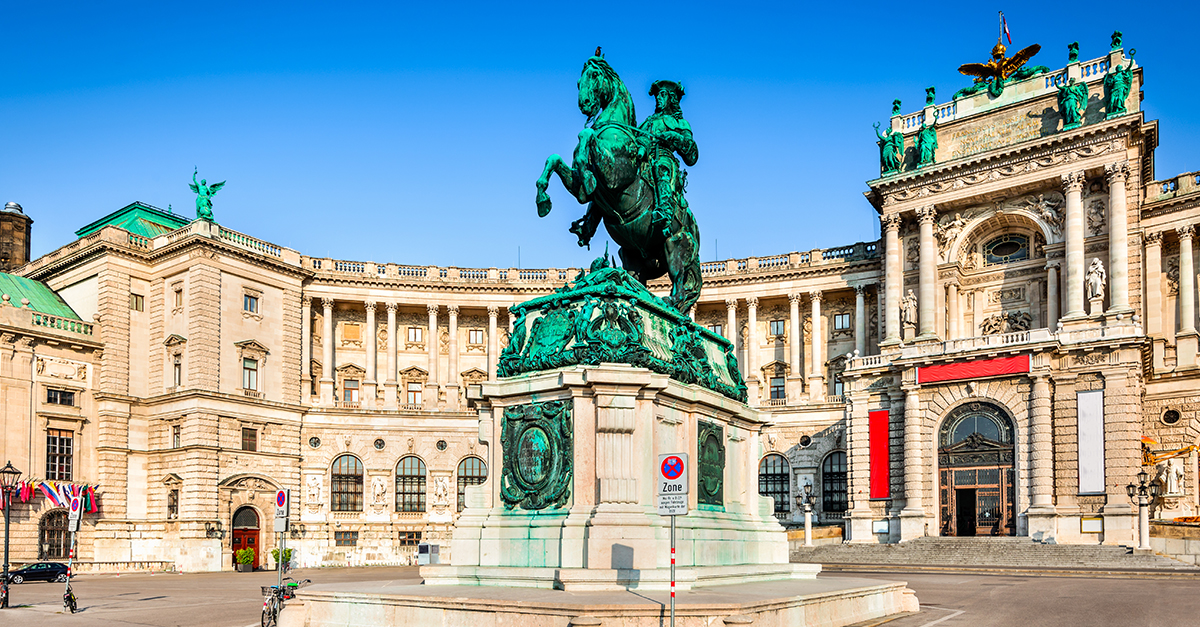The Unhinged Norse Viking
Erik the Red spent most of his life getting into trouble. It wasn’t always intentional, but he wasn’t very good at conflict resolution—he often took things a little too far.
After eventually becoming banished from his home, Erik set sail for the open ocean with no particular route planned, and stumbled upon something that would change his future forever.
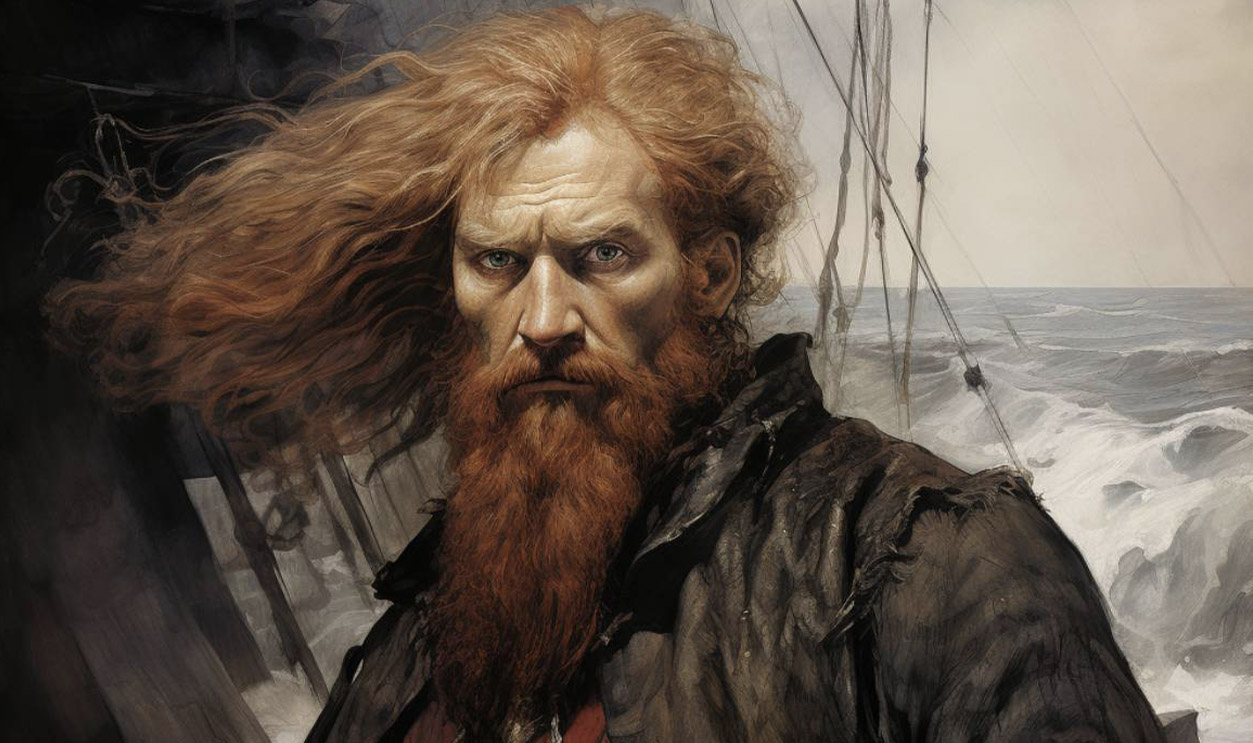
His Beginning
It all began back in 950 CE, when little Erik Thorvaldsson was born in Rogaland, Norway. Sadly, there are no records of who his mother was. But his father was Thorvald Asvaldsson—whom Erik inherited his trouble-making side from.
And that’s not all he got from his dad.
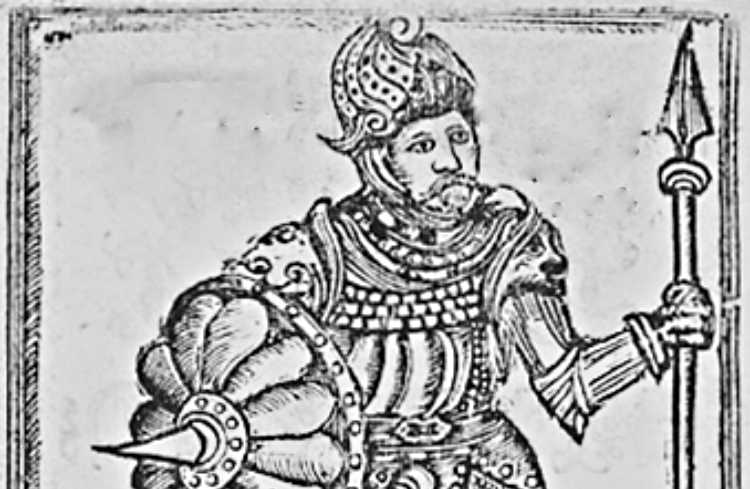 Arngrímur Jónsson, Wikimedia Commons
Arngrímur Jónsson, Wikimedia Commons
He Had Exploration In His Blood
While Thorvald wasn’t anyone particularly important, somewhere down the line, a family member was. The Viking life was in their blood. Erik’s great-great-uncle was Naddod—the Norse Viking credited with discovering Iceland.
Having family in Iceland proved to be beneficial, too.
Becoming Erik The Red
Little Erik earned his moniker as a young child, due to his red hair and fiery red temper. He quickly became known around town as “Erik the Red,” and he didn’t actually mind it.
But the apple didn’t fall too far from the tree.
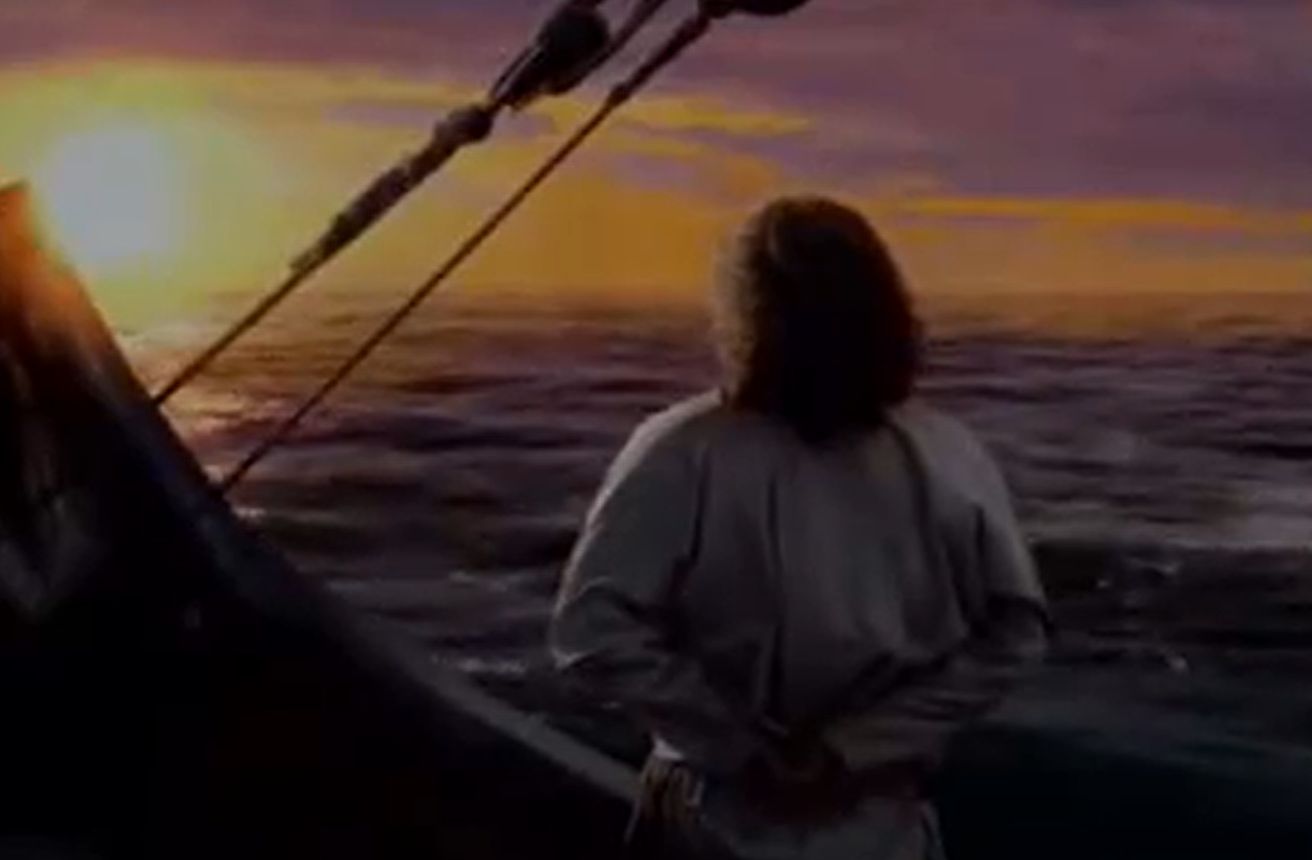 Sky High Entertainment, Vikings: Journey to New Worlds (2004)
Sky High Entertainment, Vikings: Journey to New Worlds (2004)
He Inherited His Father’s Temper
His dad was said to have a fiery temper of his own, and was often in a quarrel of some kind. And, with Viking blood, he often resorted to violence. After being accused of slaying a few people, King Haakon the Good got fed up, and exiled Thorvald from Norway.
Luckily, he had a backup plan.
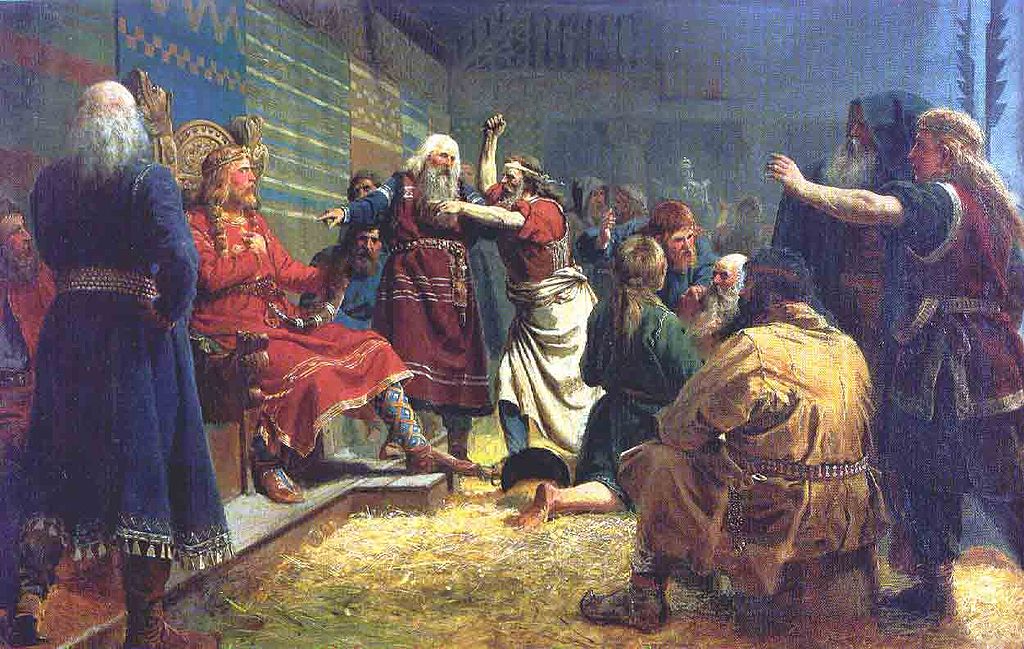 Peter Nicolai Arbo, Wikimedia Commons
Peter Nicolai Arbo, Wikimedia Commons
His Childhood Was Very Basic
After being forced to leave their home, Thorvald took 10-year-old Erik and left for Iceland—where his extended family was from. They didn’t live a glamorous life. Not only did they live in an area that was undesirable for farming, they also had little influence to get them anywhere better.
Even so, Thorvald taught his son basic life skills—and a few bad habits.
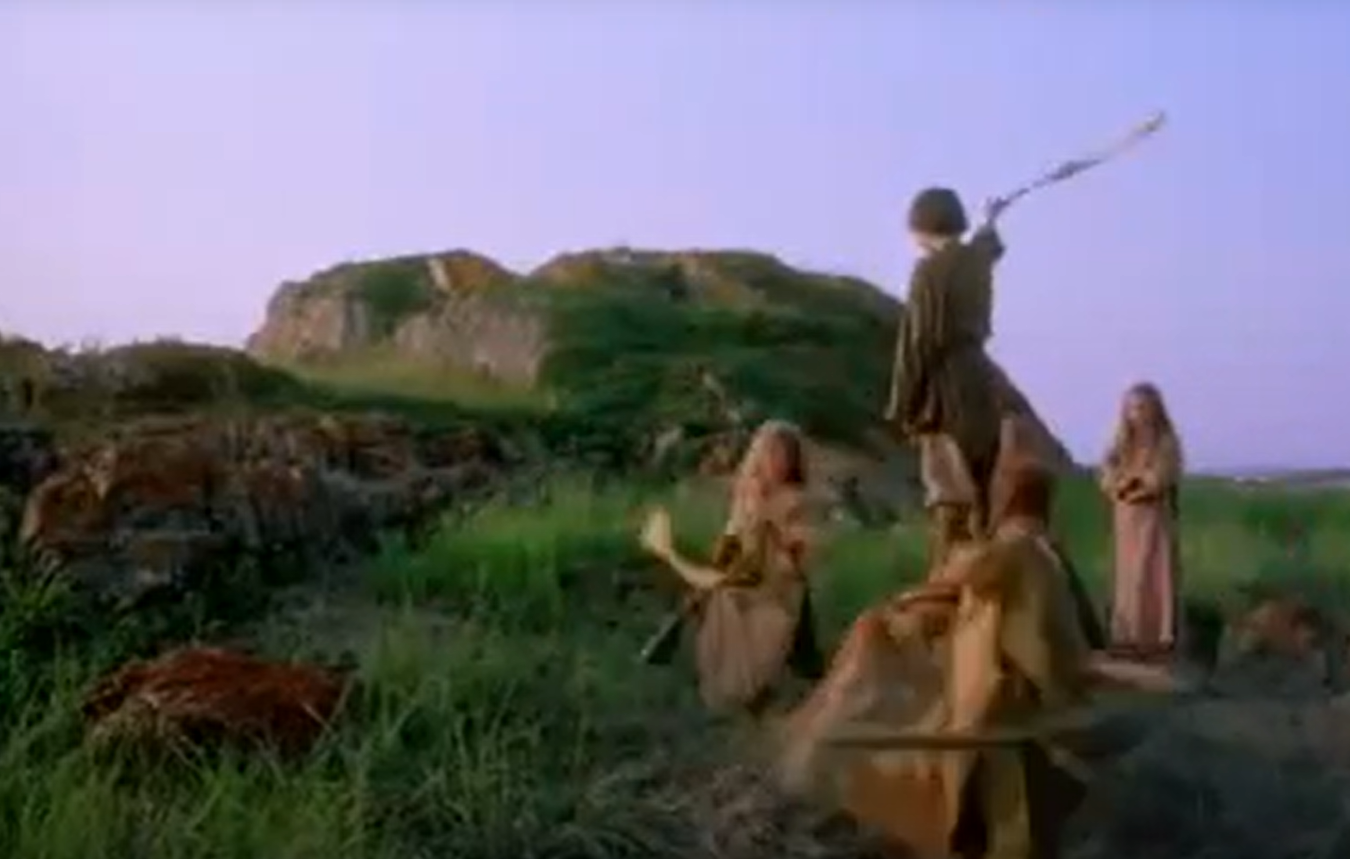 Sky High Entertainment, Vikings: Journey to New Worlds (2004)
Sky High Entertainment, Vikings: Journey to New Worlds (2004)
He Married A Wealthy Woman
Sadly, Thorvald passed when Erik was nearing the age of 20. After his father’s death, he married a woman named Thjodhild Jorundsdottir—who had actually come from a wealthy family.
While he didn’t gain access to any cash, the marriage still proved advantageous to Erik, as he quite literally had nothing at this point.
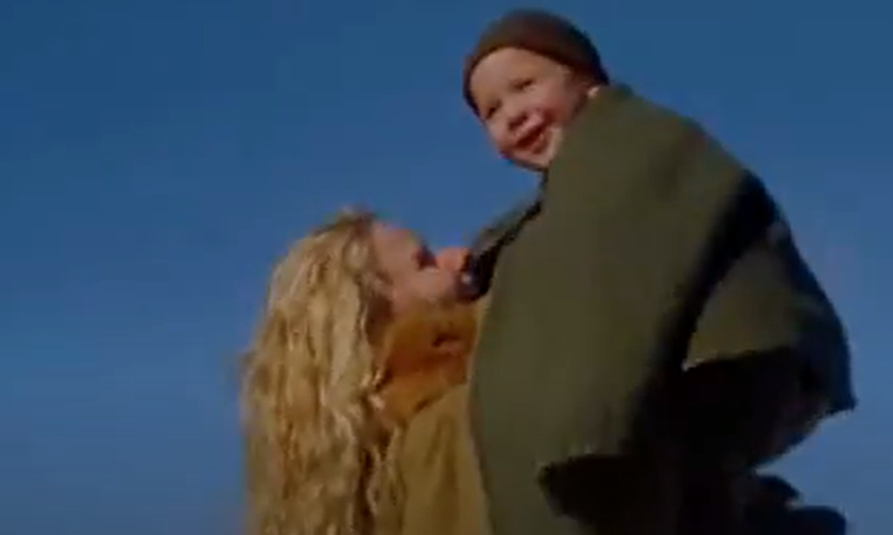 Sky High Entertainment, Vikings: Journey to New Worlds (2004)
Sky High Entertainment, Vikings: Journey to New Worlds (2004)
They Lived A Modest Life
Erik’s wife’s stepfather generously gave the newlyweds a corner of land, where Erik then built them a small homestead that he named Eiríksstaðir (Eriksstead). They lived a very modest life, having only what they needed.
The couple then had four children—one daughter and three sons, who would also end up inheriting the Viking blood.
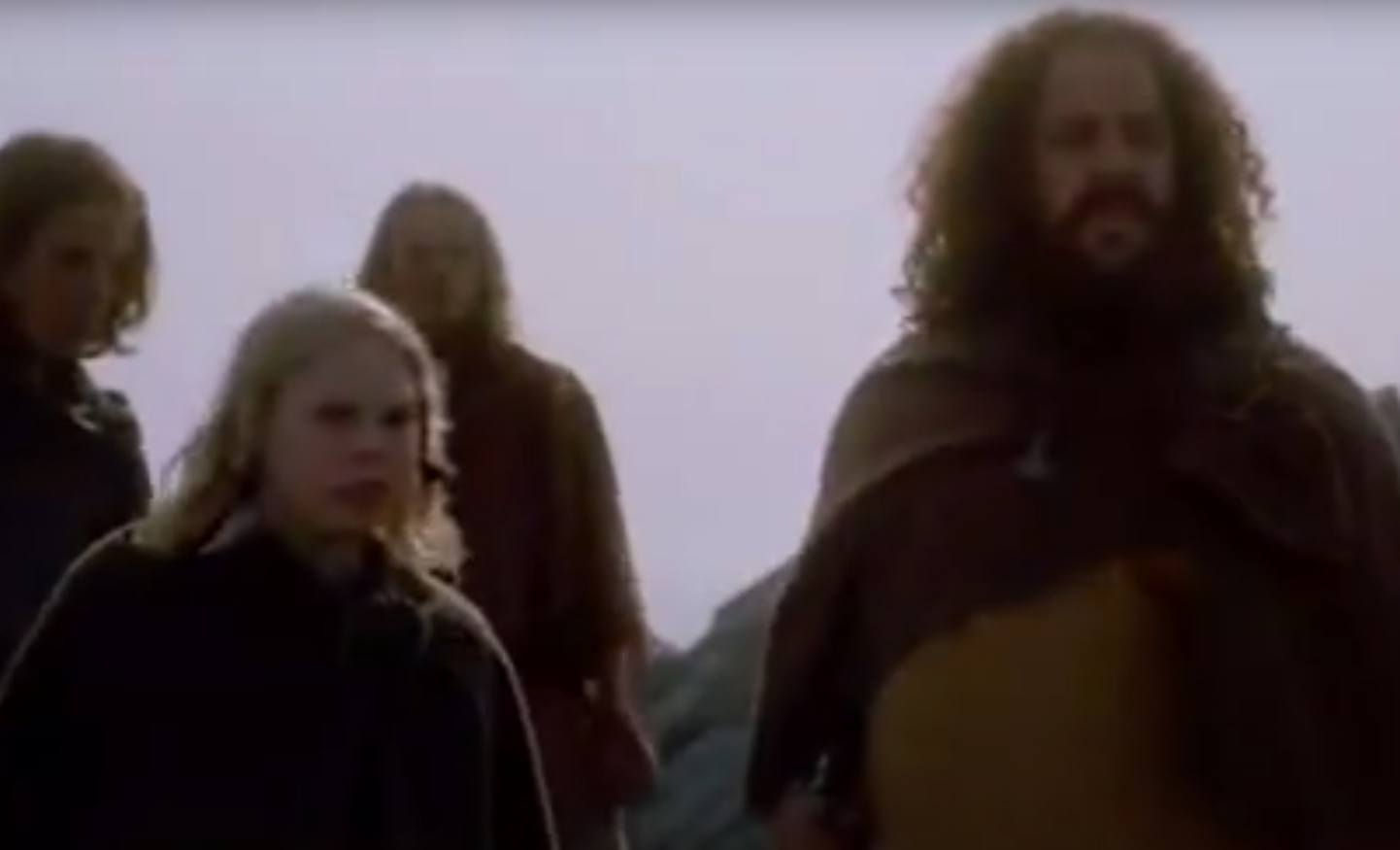 Sky High Entertainment, Vikings: Journey to New Worlds (2004)
Sky High Entertainment, Vikings: Journey to New Worlds (2004)
He Raised Future Explorers
Erik and his wife had a daughter named Freydis, and three sons: Thorvald, Thorstein, and Leif Eriksson—who would later become the first European to set foot on continental America (before Christopher Columbus).
But before it was Leif’s turn, he had to learn a thing or two from Pops.
 Christian Krohg, Wikimedia Commons
Christian Krohg, Wikimedia Commons
He Had An Unfriendly Neighbor
Erik followed in his father’s footsteps in more ways than one. As we know, he had quite the temper, and he wasn’t so good at conflict resolution either. Eventually, Erik found himself in a kerfuffle with a neighbor—and things went south quickly.
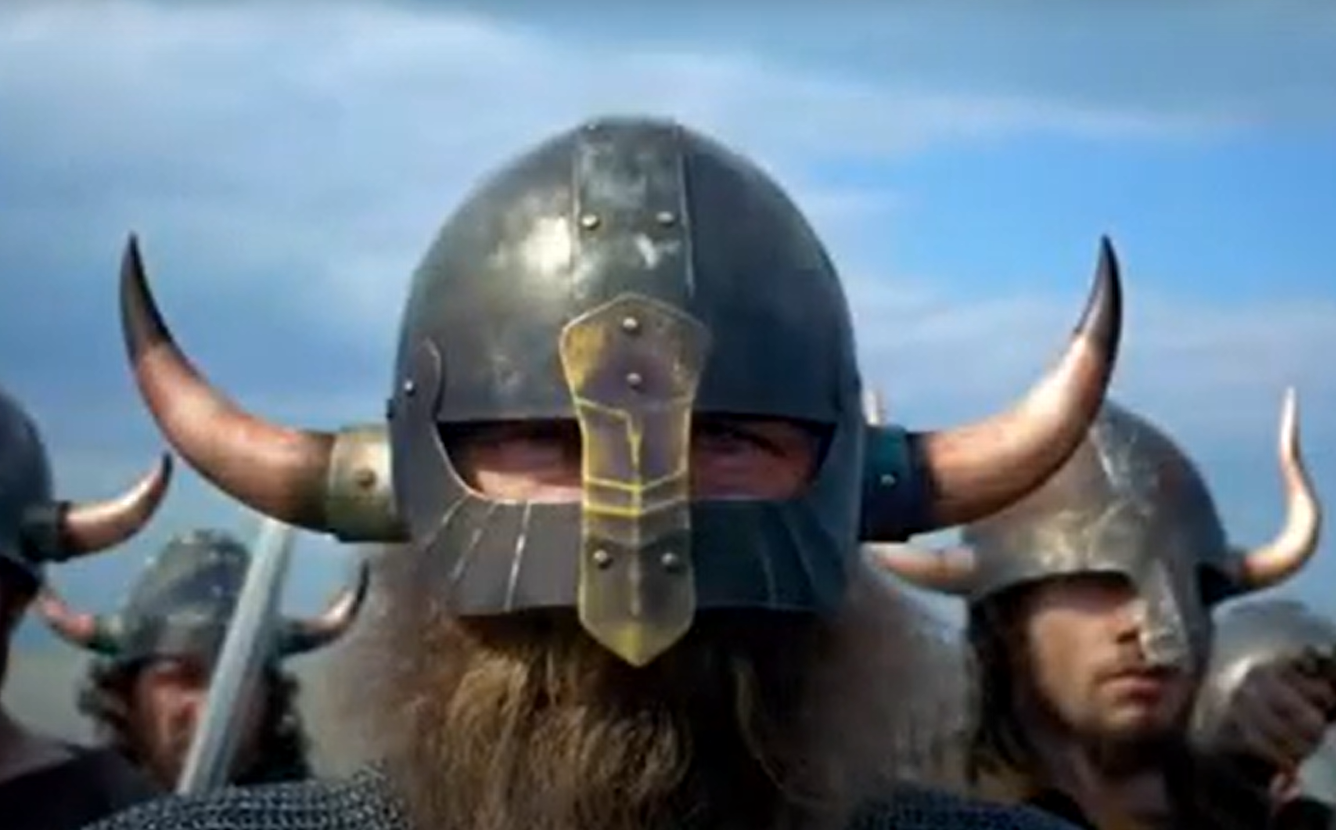 Sky High Entertainment, Vikings: Journey to New Worlds (2004)
Sky High Entertainment, Vikings: Journey to New Worlds (2004)
They Made A Fatal Mistake
Erik’s homestead was large enough that he had taken on thralls (slaves) to work the farm fields for him. Unfortunately, his thralls caused a catastrophic landslide on a neighboring farm belonging to a man named Vathjof—and he was furious.
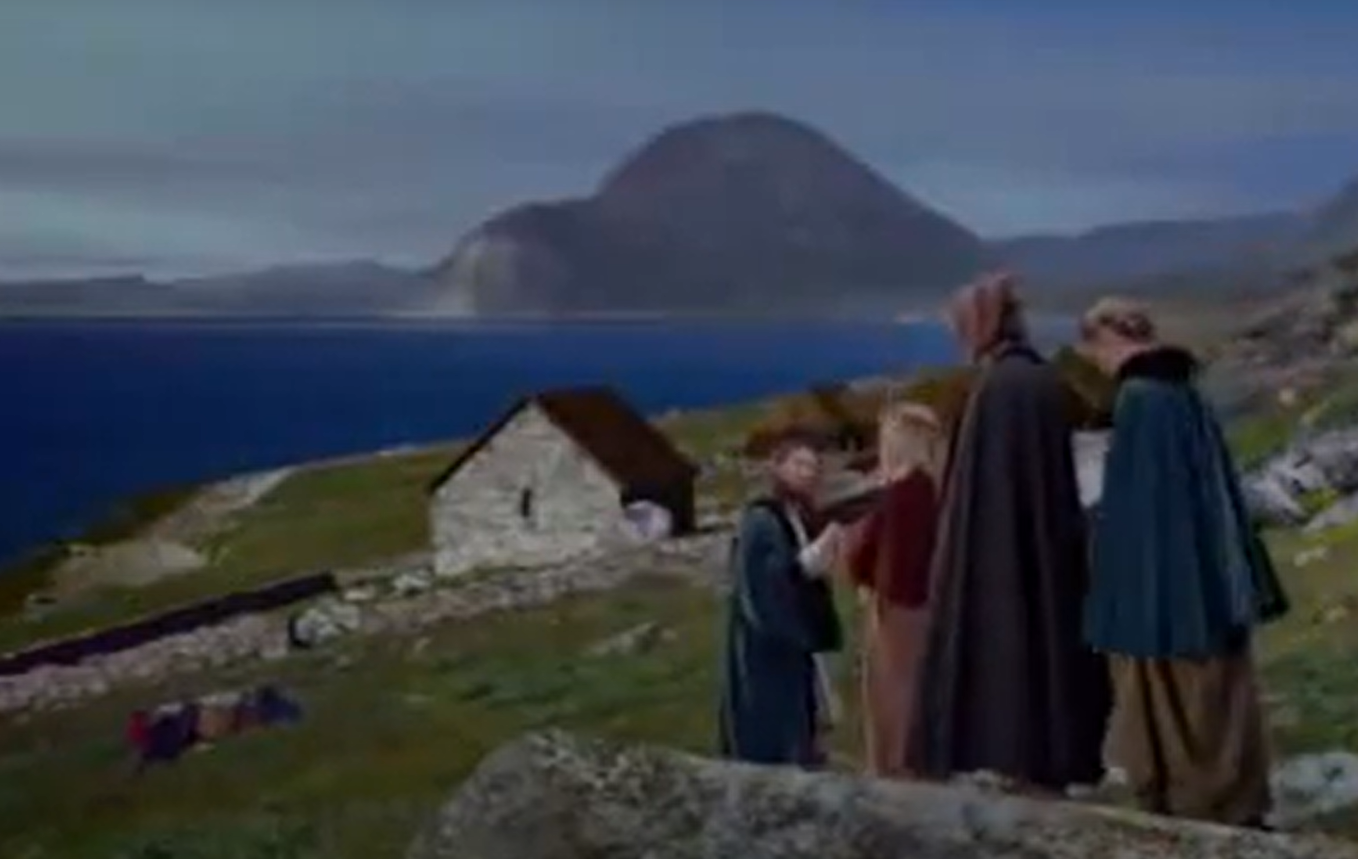 Sky High Entertainment, Vikings: Journey to New Worlds (2004)
Sky High Entertainment, Vikings: Journey to New Worlds (2004)
His Neighbor Called For Reinforcements
Erik’s neighbor already didn’t like him, so when his thralls destroyed his farm, Vathjof had more than words with him. Vathjof called upon his friend, Eyolf the Foul—who dealt Erik a brutal revenge.
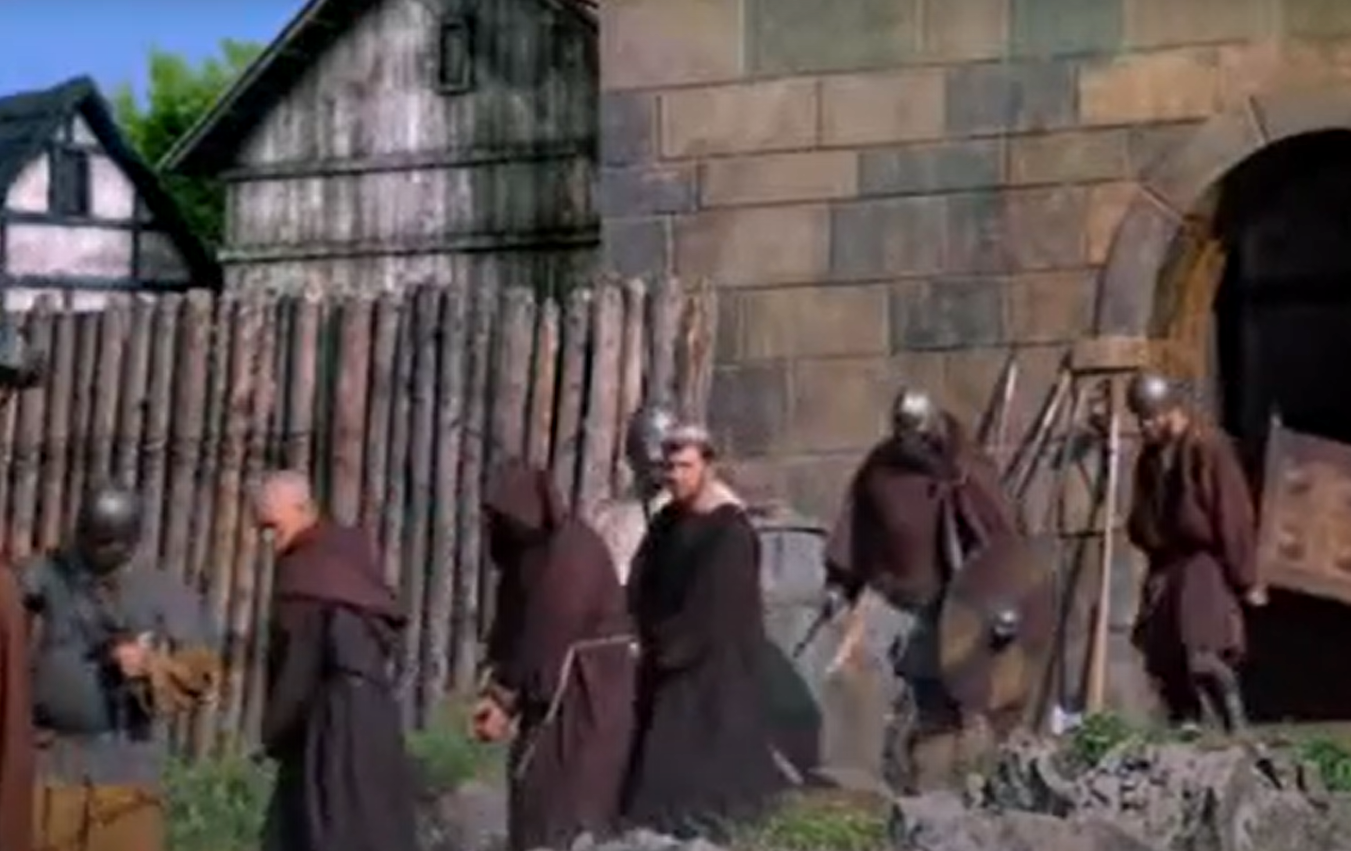 Sky High Entertainment, Vikings: Journey to New Worlds (2004)
Sky High Entertainment, Vikings: Journey to New Worlds (2004)
He Lost All Of His Thralls
Vathjof’s right-hand-man, Eyolf the Foul, delivered a ruthless revenge, taking the lives of every single slave Erik owned. Obviously, this didn’t sit well with the fiery Erik the Red, and he returned the favor, dealing an even worse act upon Vathjof.
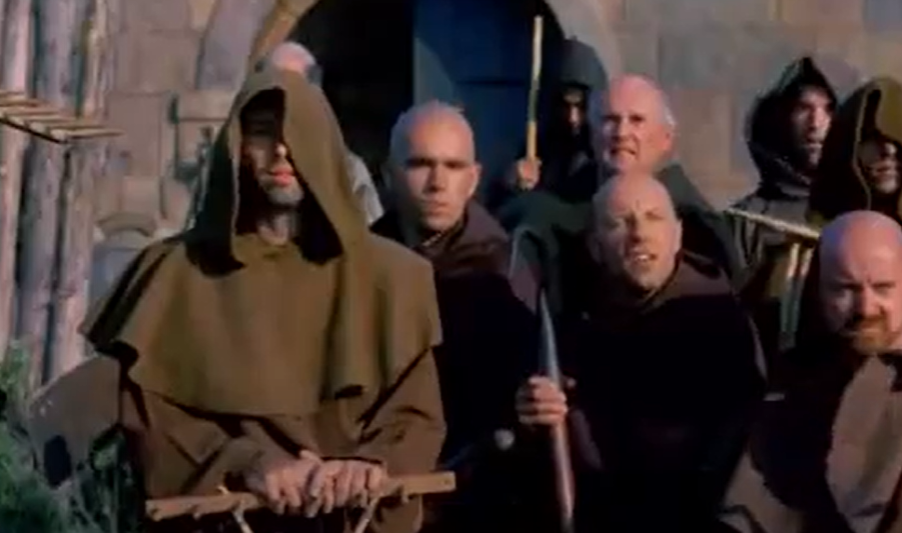 Sky High Entertainment, Vikings: Journey to New Worlds (2004)
Sky High Entertainment, Vikings: Journey to New Worlds (2004)
He Retaliated
In retaliation, Erik went after the man who ended his slaves, and killed Eyolf the Foul. But he didn’t stop there. By this time, he was so worked up that he, as usual, took things too far.
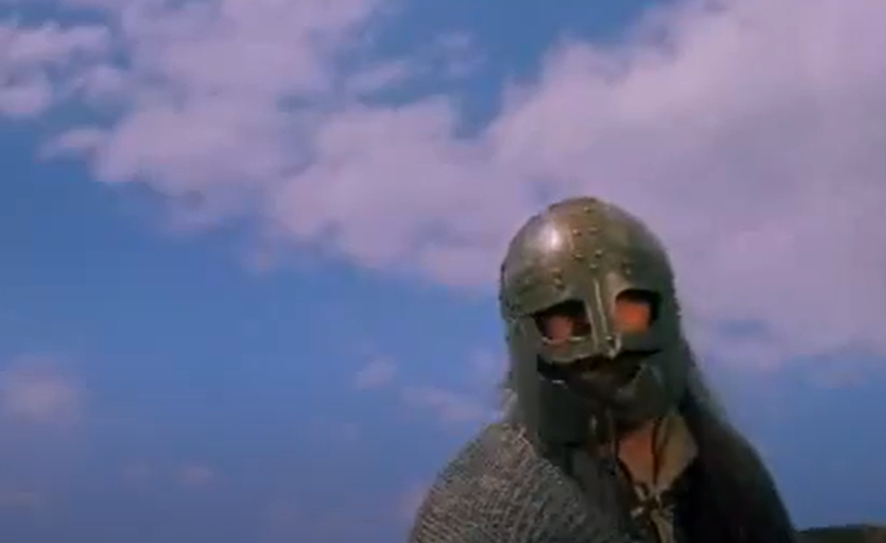 Sky High Entertainment, Vikings: Journey to New Worlds (2004)
Sky High Entertainment, Vikings: Journey to New Worlds (2004)
He Went Too Far
Not only did Erik kill Eyolf, he also took the life of Hrafn the Dueler—another man he claimed played a part in the slaying of his servants. And while some may say his acts were justified, not everyone agreed.
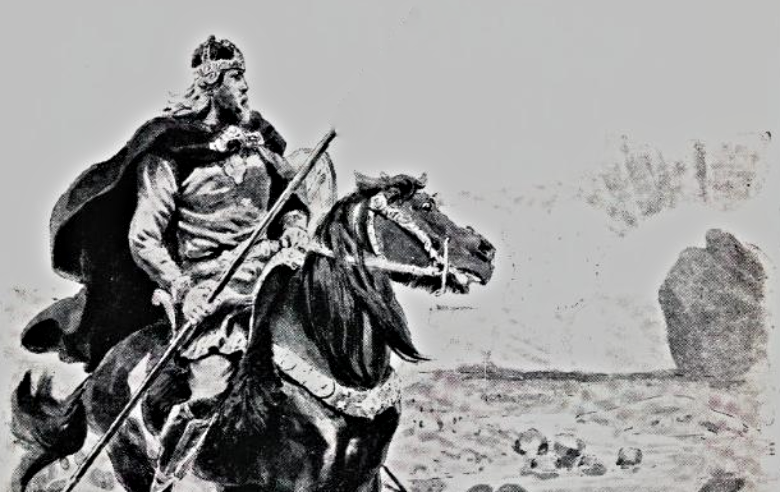 Andreas Bloch, Wikimedia Commons
Andreas Bloch, Wikimedia Commons
He Got Banished
Eyolf’s kinsmen didn’t take lightly to the slayings and complained to the king, who then had Erik banished from Hawksdale around the year 982. Erik left without a fight, as he fully believed his actions were justified.
He and his family moved to a small island in Iceland—but Erik struggled to leave his troubles behind.
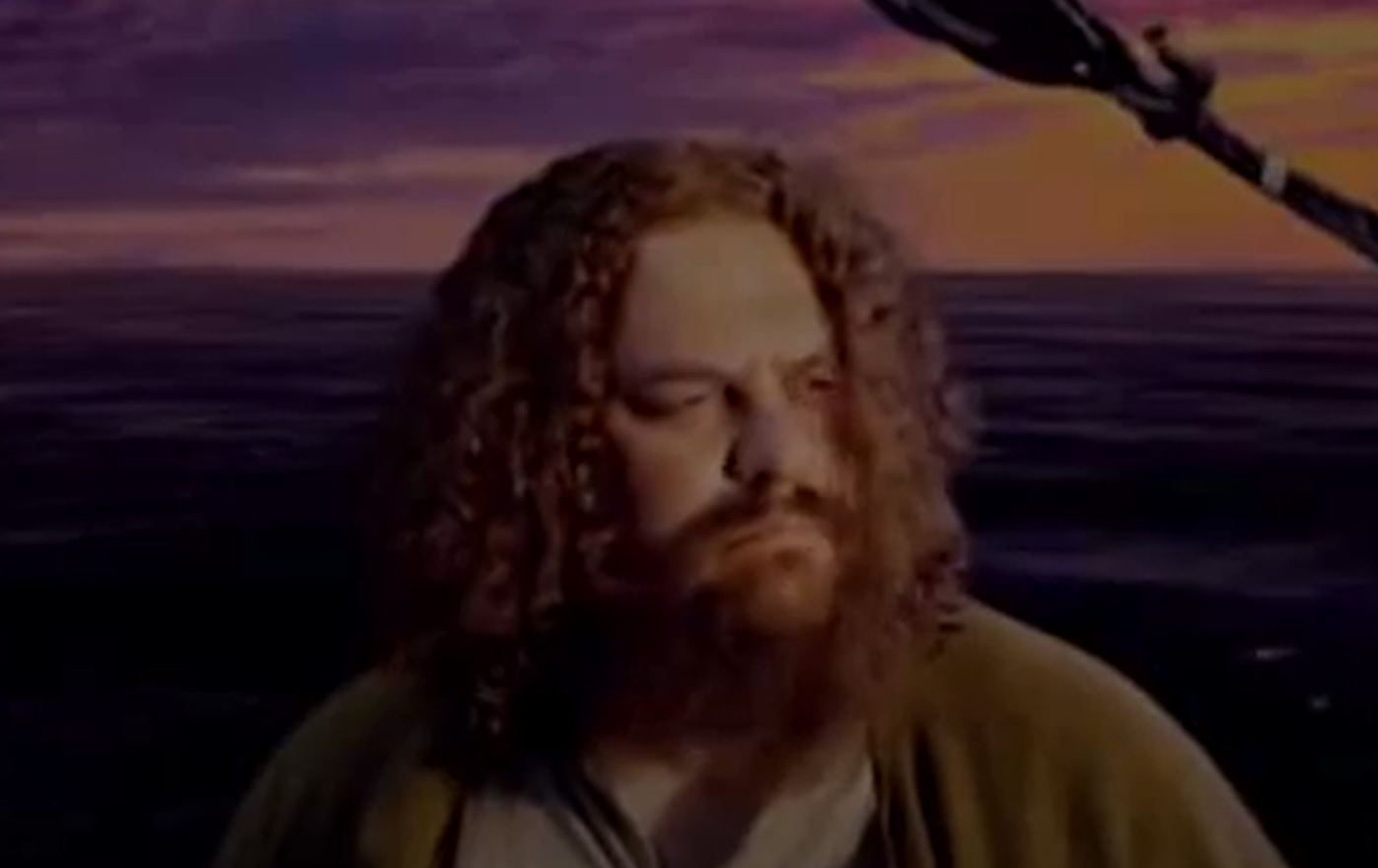 Sky High Entertainment, Vikings: Journey to New Worlds (2004)
Sky High Entertainment, Vikings: Journey to New Worlds (2004)
He Needed A Favor
Shortly after moving to Eyxney, Erik asked a man named Thorgest to do him a favor. He had inherited a few ornamental pillars that happened to be of significant mystical value—which his father had brought from Norway many years back.
Erik asked Thorgest to keep them safe for him while he finished building his new home—but when he went to get them back, things didn’t go so smoothly.
He Was Betrayed
When Erik finished building his new home, he went back to Thorgest to get his pillars back—but Thorgest refused to give them to him. These pillars were of utmost importance to Erik, so when Thorgest refused—Erik saw red.
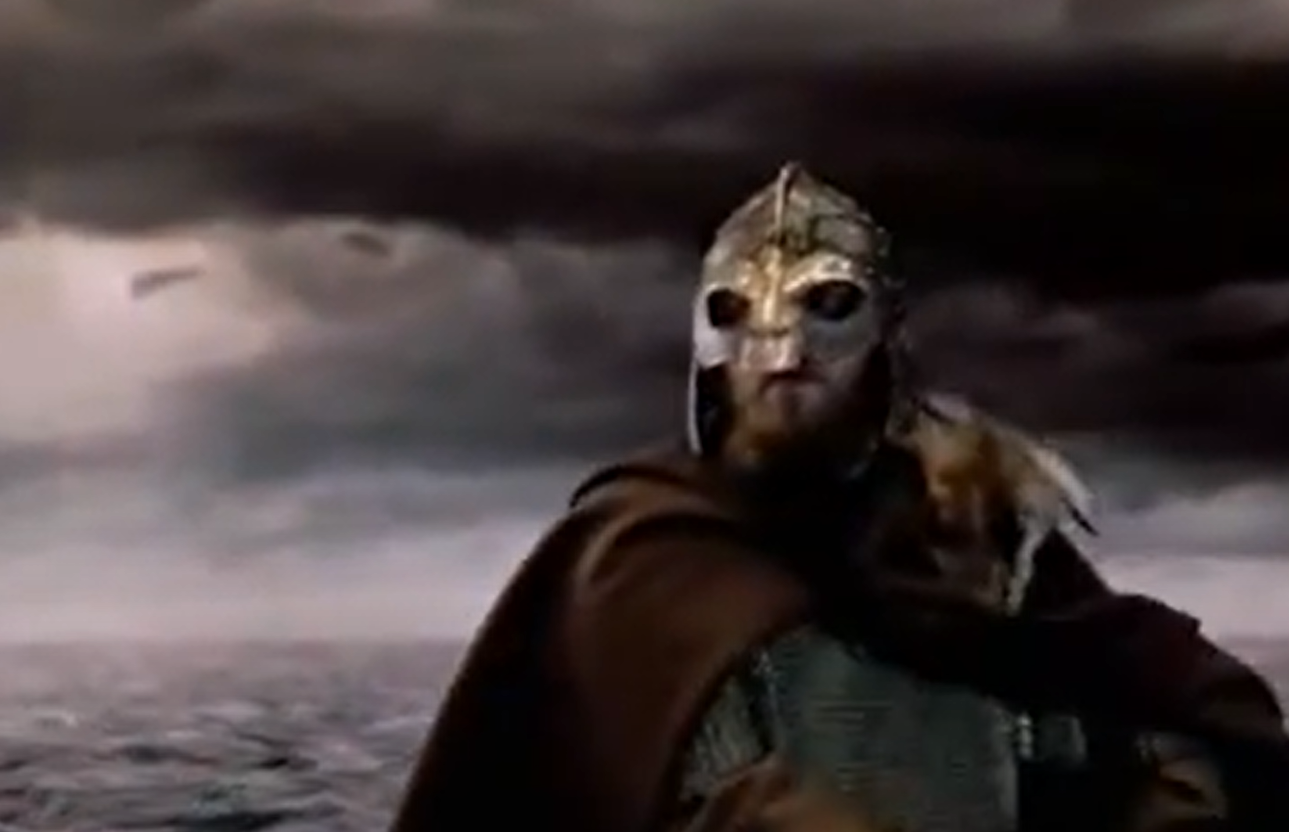 Sky High Entertainment, Vikings: Journey to New Worlds (2004)
Sky High Entertainment, Vikings: Journey to New Worlds (2004)
He Was Furious
In true Erik the Red fashion, he reacted to the disloyalty of his friend with pure anger. After all, he had politely asked, and was downright refused—and he was not about to let these pillars go. Initially, he walked away—but it wasn’t the end.
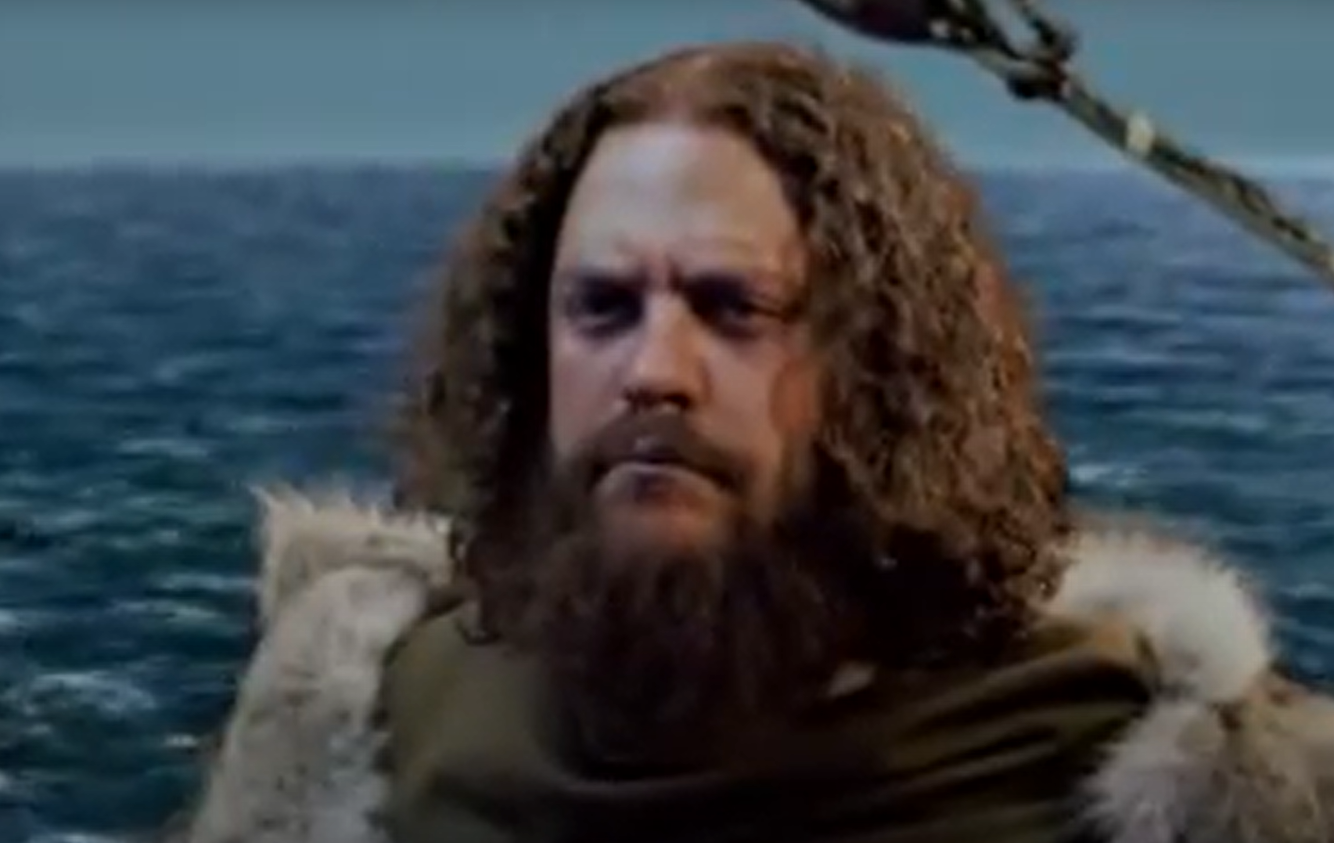 Sky High Entertainment, Vikings: Journey to New Worlds (2004)
Sky High Entertainment, Vikings: Journey to New Worlds (2004)
He Wasn’t Interested In Talking It Out
After devising a grueling plan, Erik returned to Thorgest’s land, skipped the talking part, and forcefully took the pillars back himself.
Which, as you may have guessed, only escalated the problem.
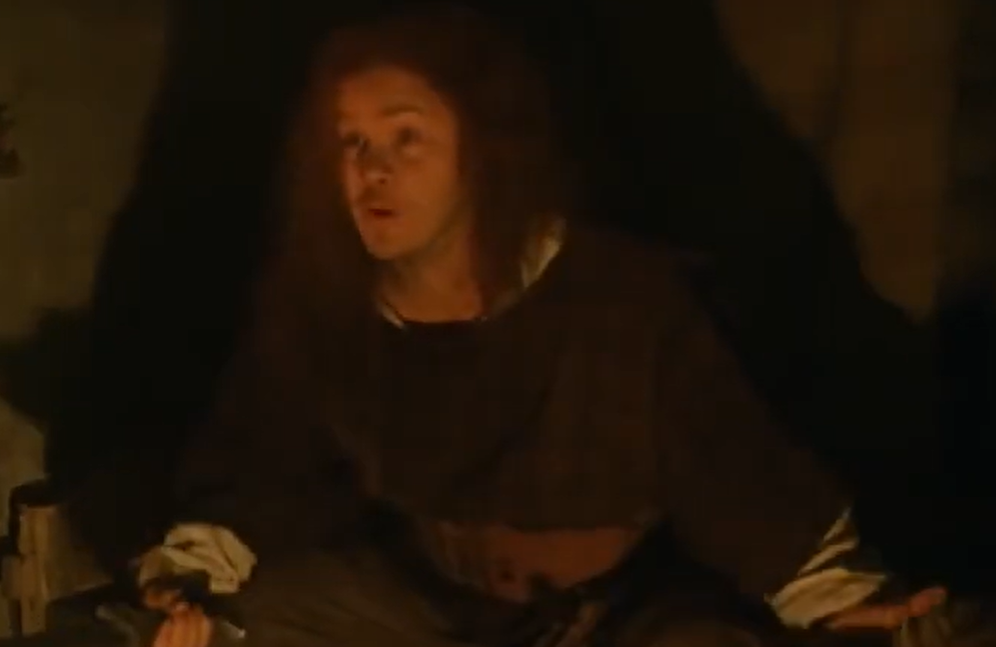 Prominent Features, Erik the Viking (1989)
Prominent Features, Erik the Viking (1989)
He Put His Dukes Up
Thorgest and his men obviously didn’t take this sitting down. They went after Erik and ended up in a brawl they wouldn’t win. Erik’s temper wasn’t the only thing he inherited from his father, he was also a pretty darn good Viking—and he was about to put his money where his mouth was.
 Prominent Features, Erik the Viking (1989)
Prominent Features, Erik the Viking (1989)
He Was Built To Fight
Erik took on Thorgest’s two sons, along with several other men, and ended them all. At this point, an angry and understandably nervous Thorgest realized he wouldn’t win a physical fight, and instead, got the law involved.
He Gained Allies
Even after Erik proved his superiority, Thorgest didn’t give up. Their dispute went public and several other Viking men decided to take sides, with each of them taking up a number of close allies.
However, it wasn’t enough. Erik and Thorgest had to stand in front of the community and have them decide their fate.
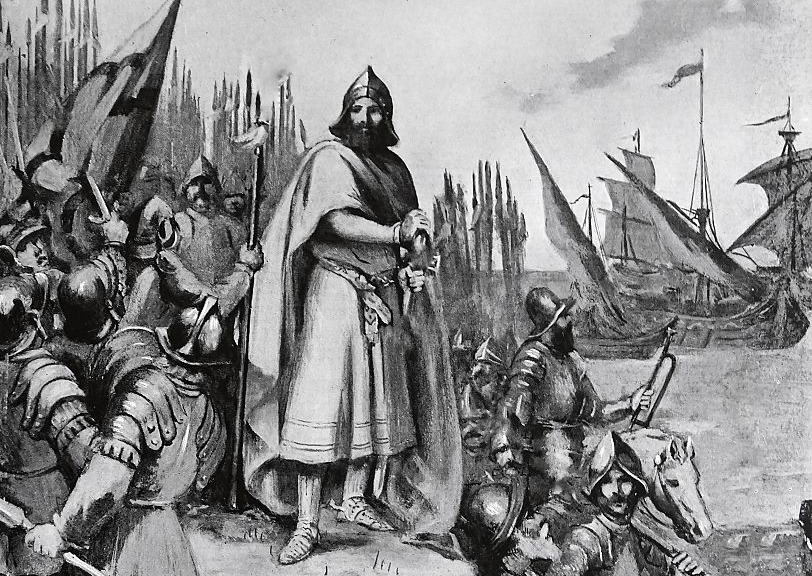 Universal History Archive, Getty Images
Universal History Archive, Getty Images
He Didn’t Win
Through a community council meeting called the Thorsnes Thing, the dispute was resolved. Except it didn’t go well for Erik. The community ultimately decided that Erik and his fiery temper had to go.
Once again, Erik was exiled—this time from all of Iceland for a total of three years.
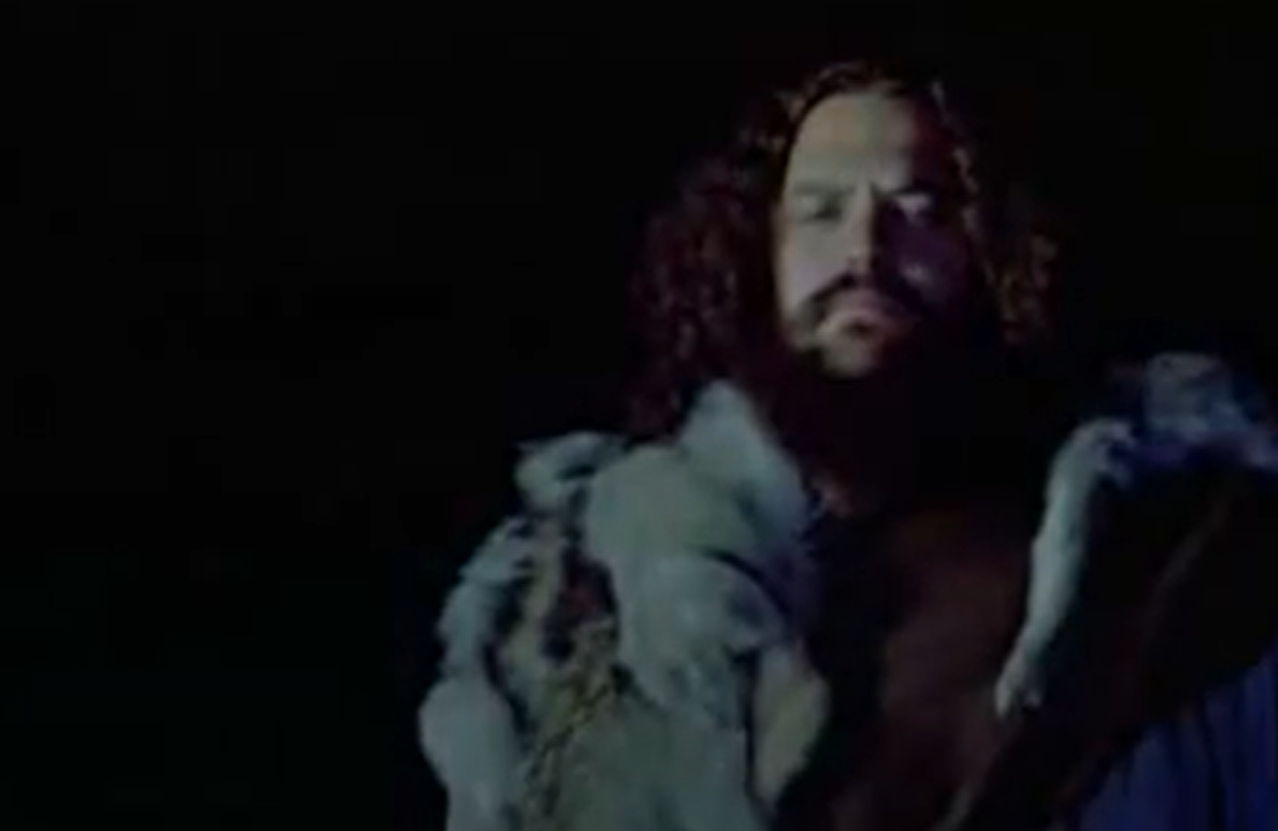 Sky High Entertainment, Vikings: Journey to New Worlds (2004)
Sky High Entertainment, Vikings: Journey to New Worlds (2004)
He Didn’t Like Rules
After his latest brush with the law, Erik figured leaving was probably for the best anyway. He couldn’t seem to get along with anyone, and he struggled to follow rules. He decided to go looking for his own land—not realizing he would actually find it.
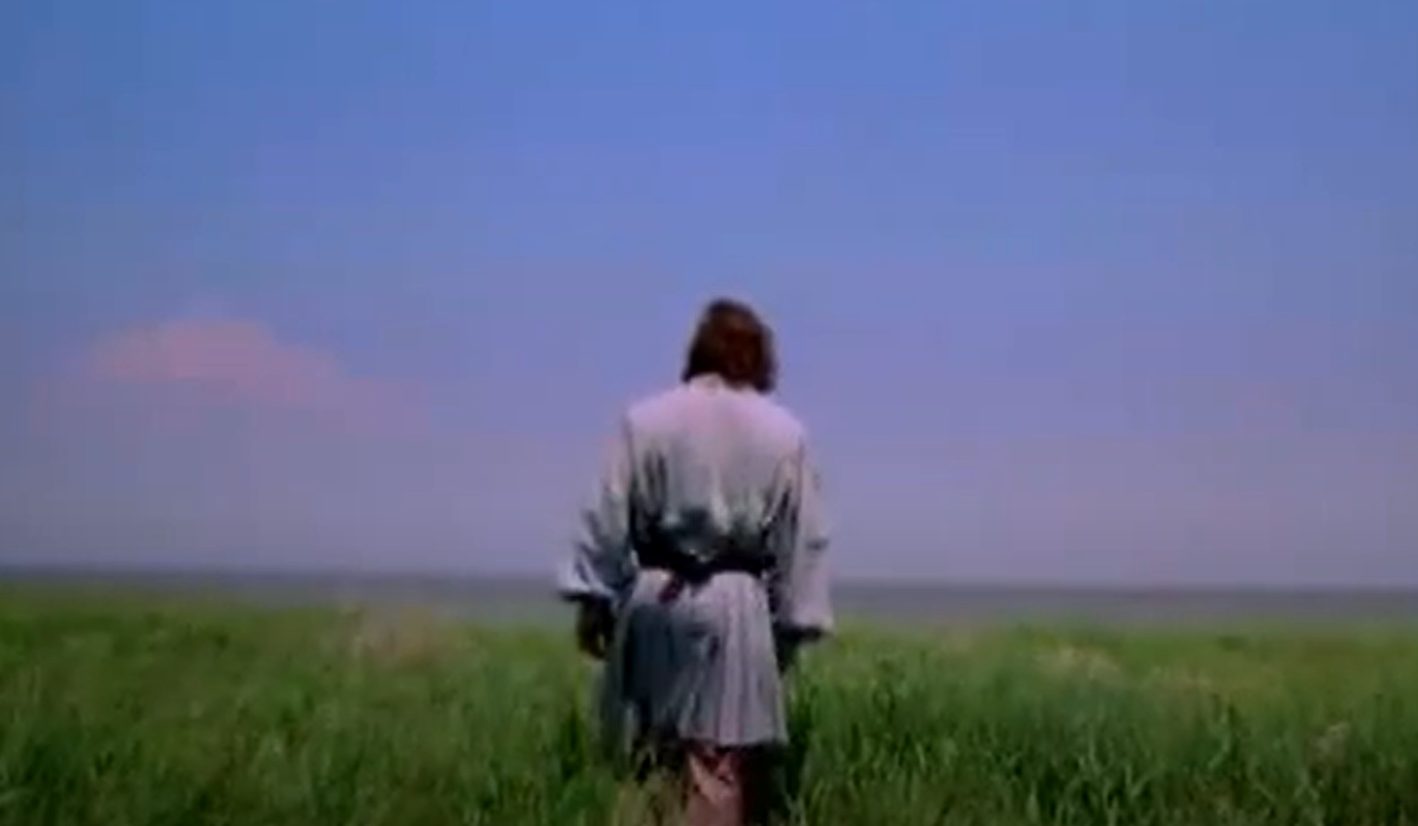 Sky High Entertainment, Vikings: Journey to New Worlds (2004)
Sky High Entertainment, Vikings: Journey to New Worlds (2004)
He Was Determined
Around 982, Erik, his family, and a group of his Viking followers decided to check out a somewhat mysterious and little-known land that another explorer named Snæbjörn galti Hólmsteinsson had unsuccessfully attempted to settle a few years before.
Erik had only heard of this land through stories passed down from his father’s family—but he was determined to find it.
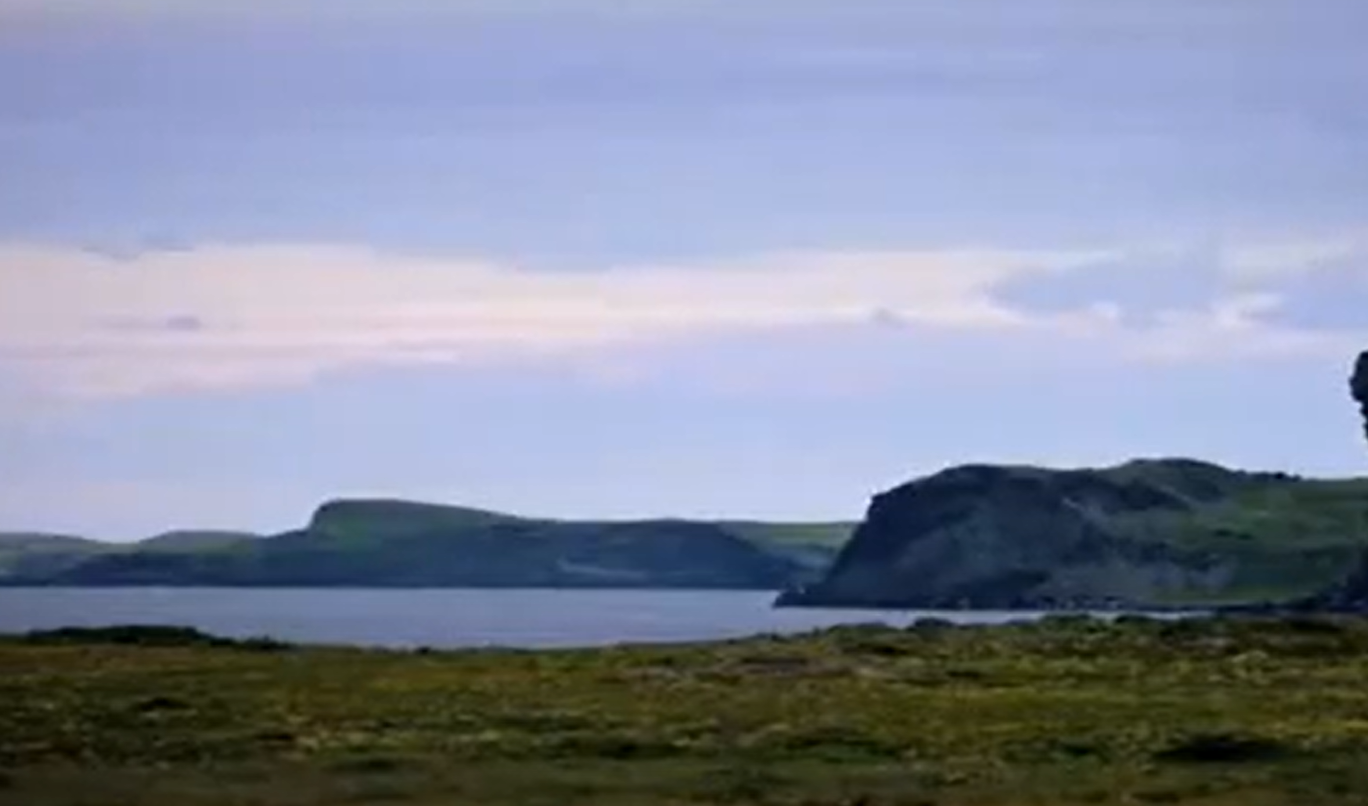 Sky High Entertainment, Vikings: Journey to New Worlds (2004)
Sky High Entertainment, Vikings: Journey to New Worlds (2004)
He Found Something Incredible
Erik and his crew rounded the southern tip of the island, later known as Cape Farewell, and sailed up the western coast, eventually finding suitable land that was seemingly ice-free and similar to that of Iceland.
And the more he explored, the more he liked.
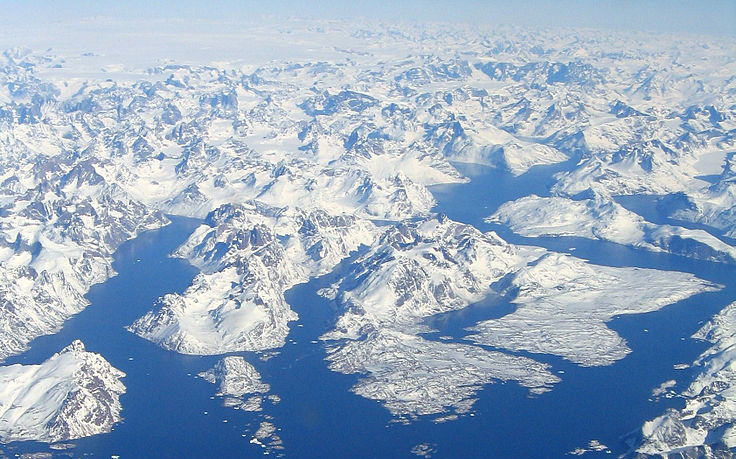 Stig Nygaard, CC BY 2.0, Wikimedia Commons
Stig Nygaard, CC BY 2.0, Wikimedia Commons
He Went Ahead And Claimed It As His Own
Upon a closer look, Erik determined that this land was not only free for the taking, but it was also a land that promised growth and future prosperity. He spent the next three years exploring all corners of the land, getting a feel for the seasons and naming places as he went—claiming ownership of all the land.
But just because the land had not yet been officially claimed, doesn’t mean it was entirely uninhabited.
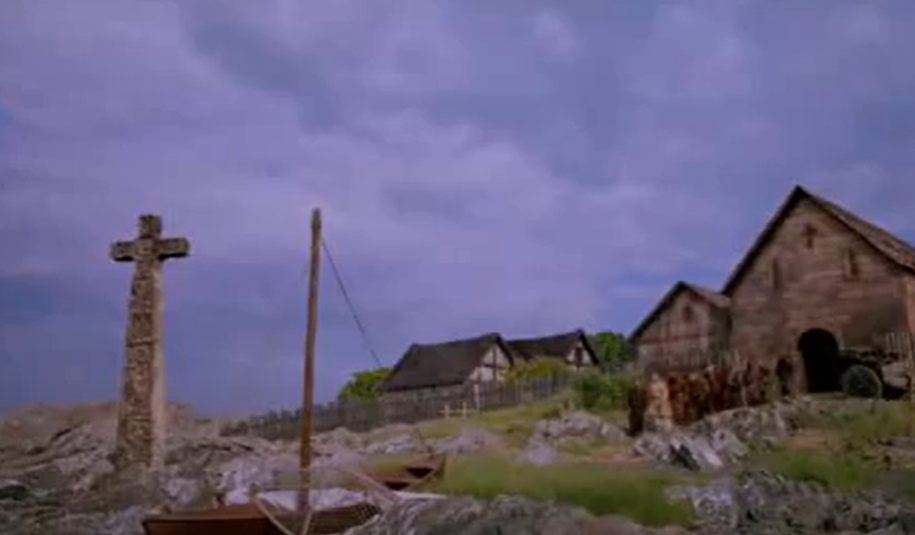 Sky High Entertainment, Vikings: Journey to New Worlds (2004)
Sky High Entertainment, Vikings: Journey to New Worlds (2004)
He Wasn’t The First
Erik the Red may have been the first permanent European settler on Greenland, but he was not the first person to live there. The land had been previously occupied by an Indigenous population—who appeared to no longer be there. However, they left behind several things that helped Erik determine where to settle.
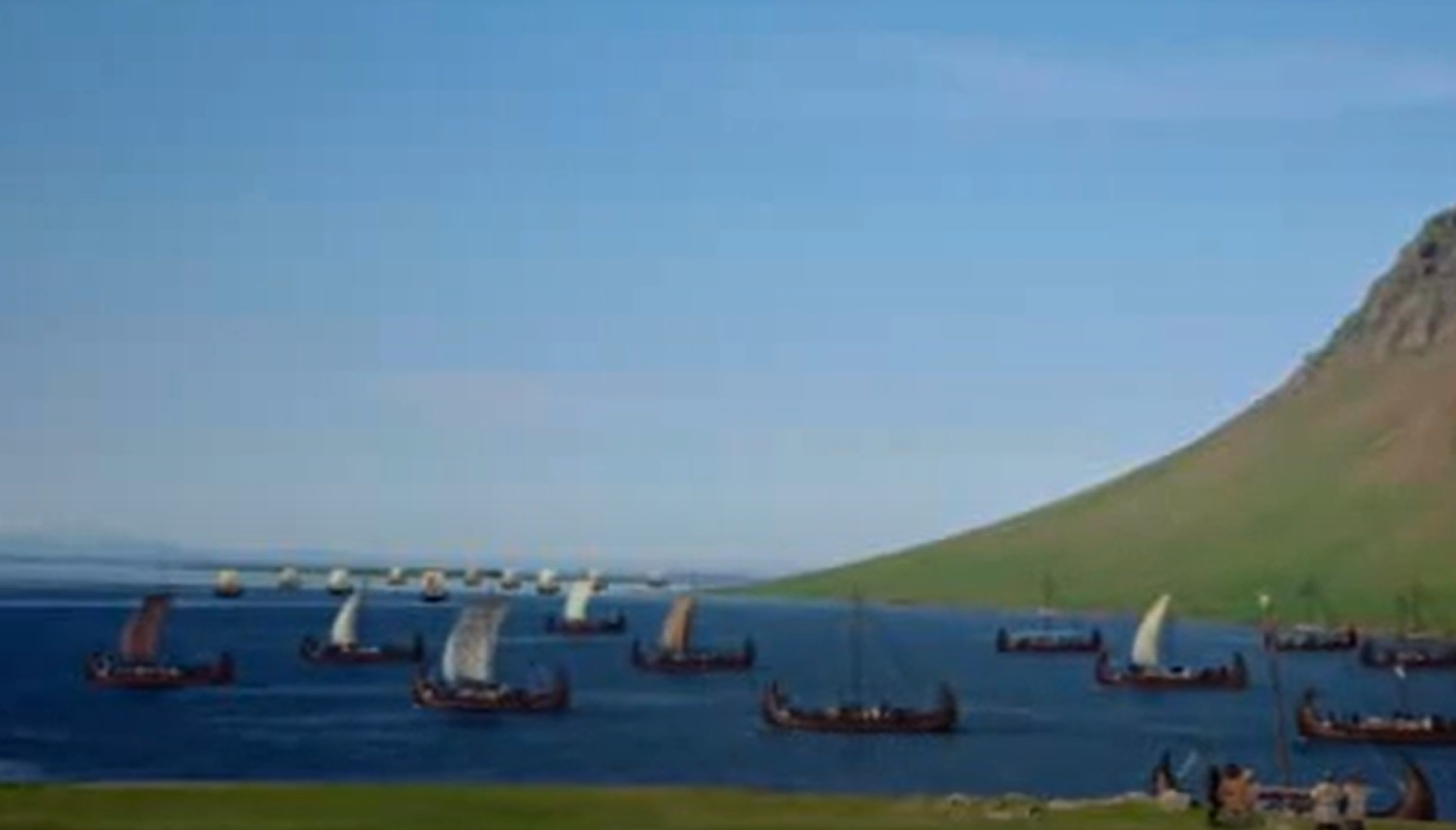 Sky High Entertainment, Vikings: Journey to New Worlds (2004)
Sky High Entertainment, Vikings: Journey to New Worlds (2004)
A Helpful Start
The Indigenous peoples who once lived in Greenland left behind shelters, carved stone, and pieces of skin boats. Because of the extreme arctic conditions in Greenland, it is assumed that many Indigenous populations went extinct. Over the course of centuries, one culture succeeded another as groups died out and were replaced by new immigrants.
But their belongings were paramount in helping later civilizations.
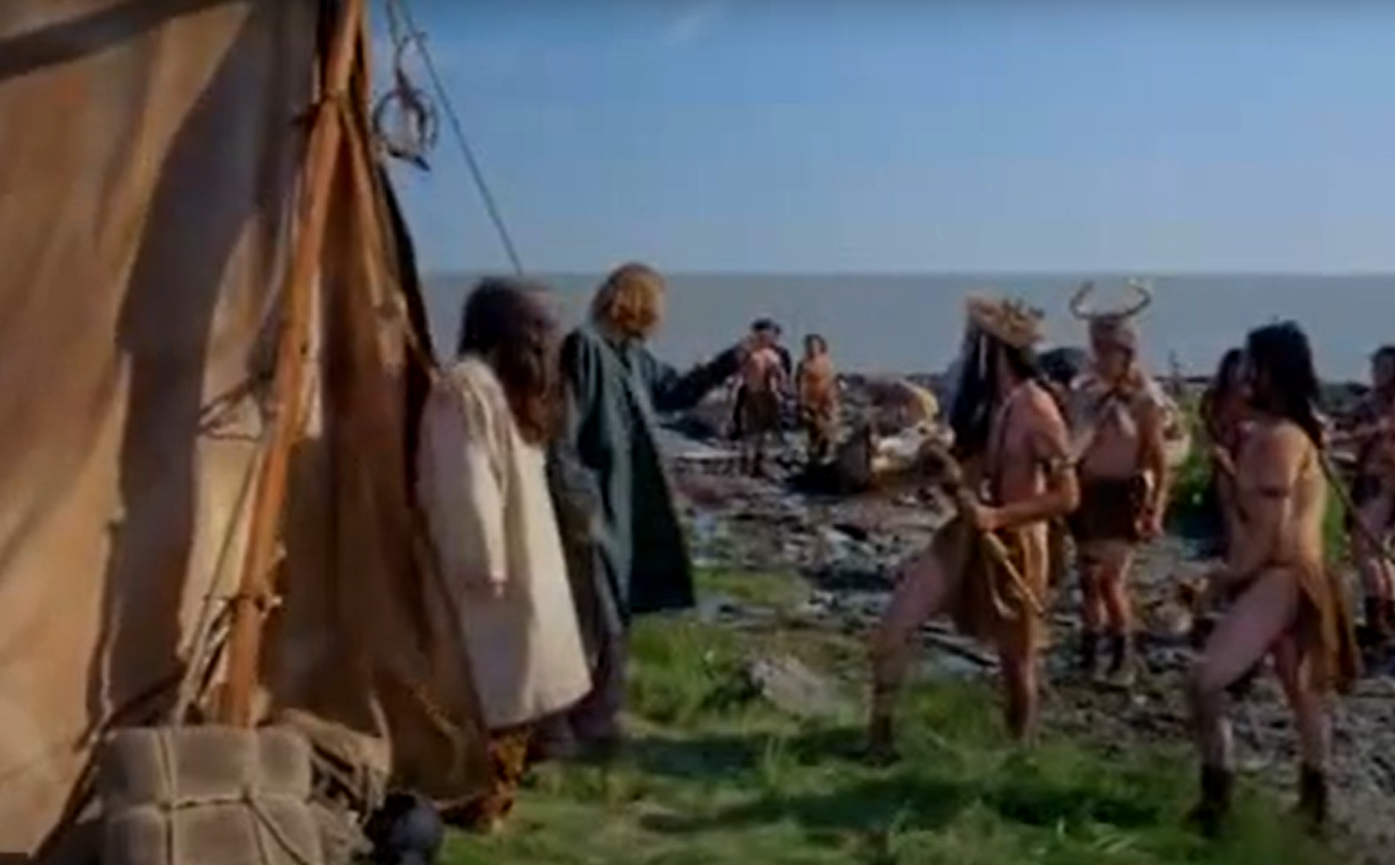 Sky High Entertainment, Vikings: Journey to New Worlds (2004)
Sky High Entertainment, Vikings: Journey to New Worlds (2004)
Introducing Greenland
When his three years of exile were up, Erik went back to Iceland to report his findings. He went home with a book full of stories of a place he personally named “Greenland".
But why did he choose that name?
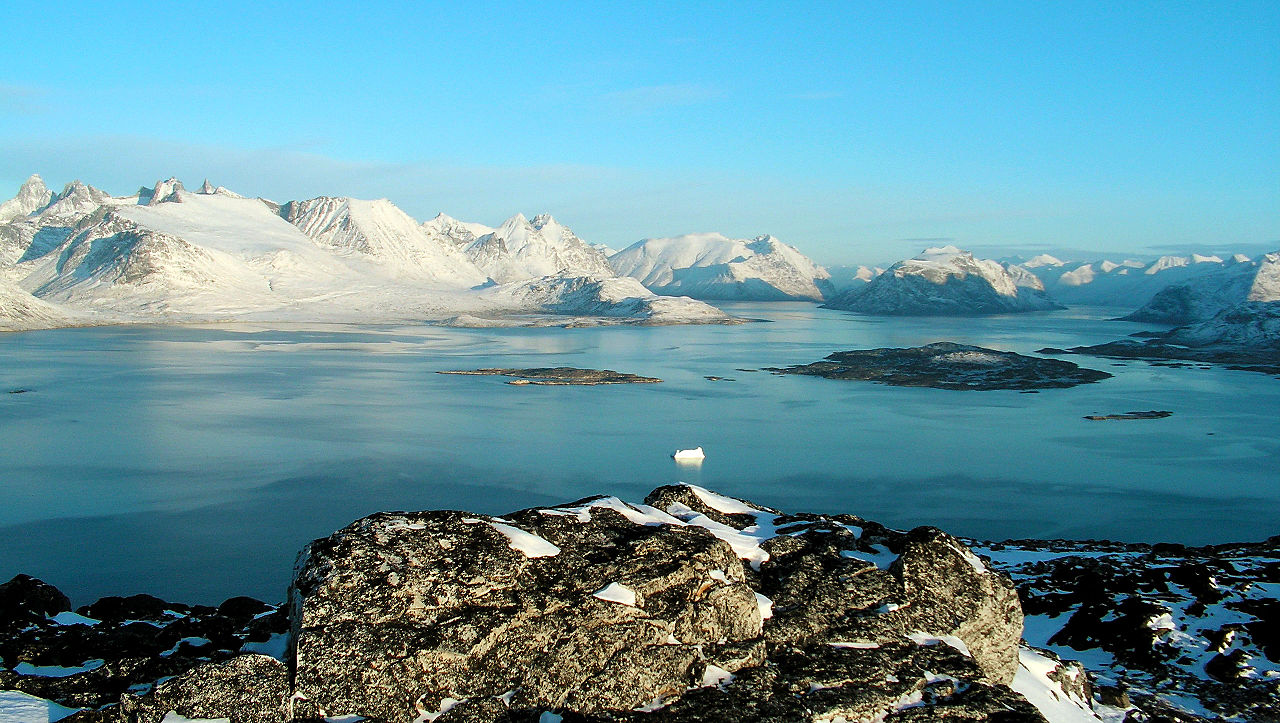 Jensbn, CC BY-SA 3.0, Wikimedia Commons
Jensbn, CC BY-SA 3.0, Wikimedia Commons
He Wanted A Favorable Name
According to Erik’s own words, he chose the name purposely because he wanted the land to have a more appealing name than “Iceland,” as “people would be attracted to go there if it had a favorable name".
It is also believed that much of the land he found at the time had not yet been affected by an Ice Age that would come later. So, much of the land was still green.
And his strategy worked.
He Started Marketing
Erik enjoyed being a leader, and he knew Greenland was his opportunity to finally gain some recognition. He also knew that in order for a settlement to become successful, he needed support from as many people as possible. So, he spent the next few months telling tales of this new land, convincing people to follow him to a new life.
The next summer, he had more support than he could have imagined.
He Returned To His New Home
In the summer of 985, Erik returned to Greenland with 25 ships in tow full of colonists who trusted his promise to a new life. However, the seafaring journey was more treacherous than some had planned for.
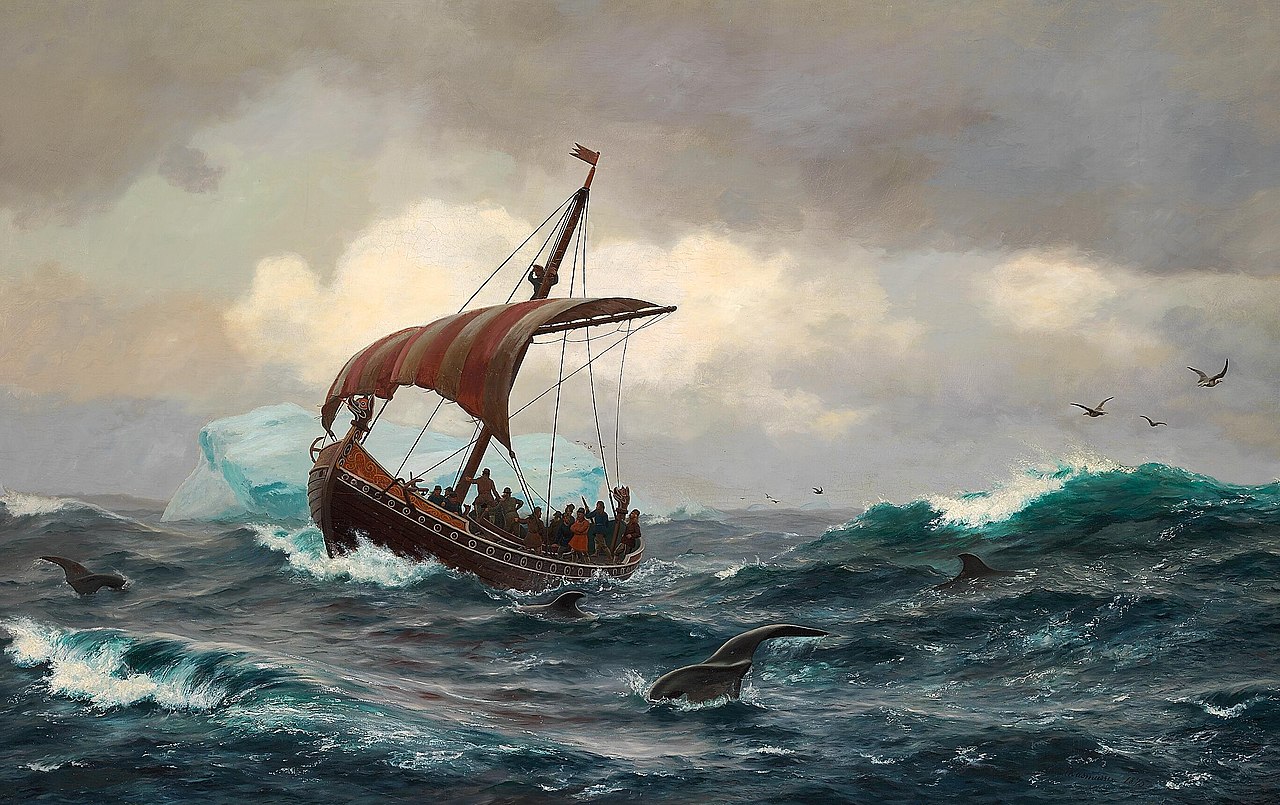 Carl Rasmussen, Wikimedia Commons
Carl Rasmussen, Wikimedia Commons
They Didn’t All Make It
Unfortunately, of the 25 ships, only 14 of them made it to Greenland safely. Due to unexpected weather making for a rather hazardous trip, 11 ships were tragically lost at sea.
All in all, about 400 people made it to Greenland with Erik. And they began establishing settlements.
He Attracted More And More People
The early people of Greenland established two colonies in the areas best suited for farming: the Eastern settlement known as “Eystribyggð” and Western settlement known as “Vestribyggð". Eventually, both settlements attracted between 2,500 and 5,000 people, with smaller settlements dotting the landscape between them.
And they managed to create a cozy little corner in the Arctic to call home.
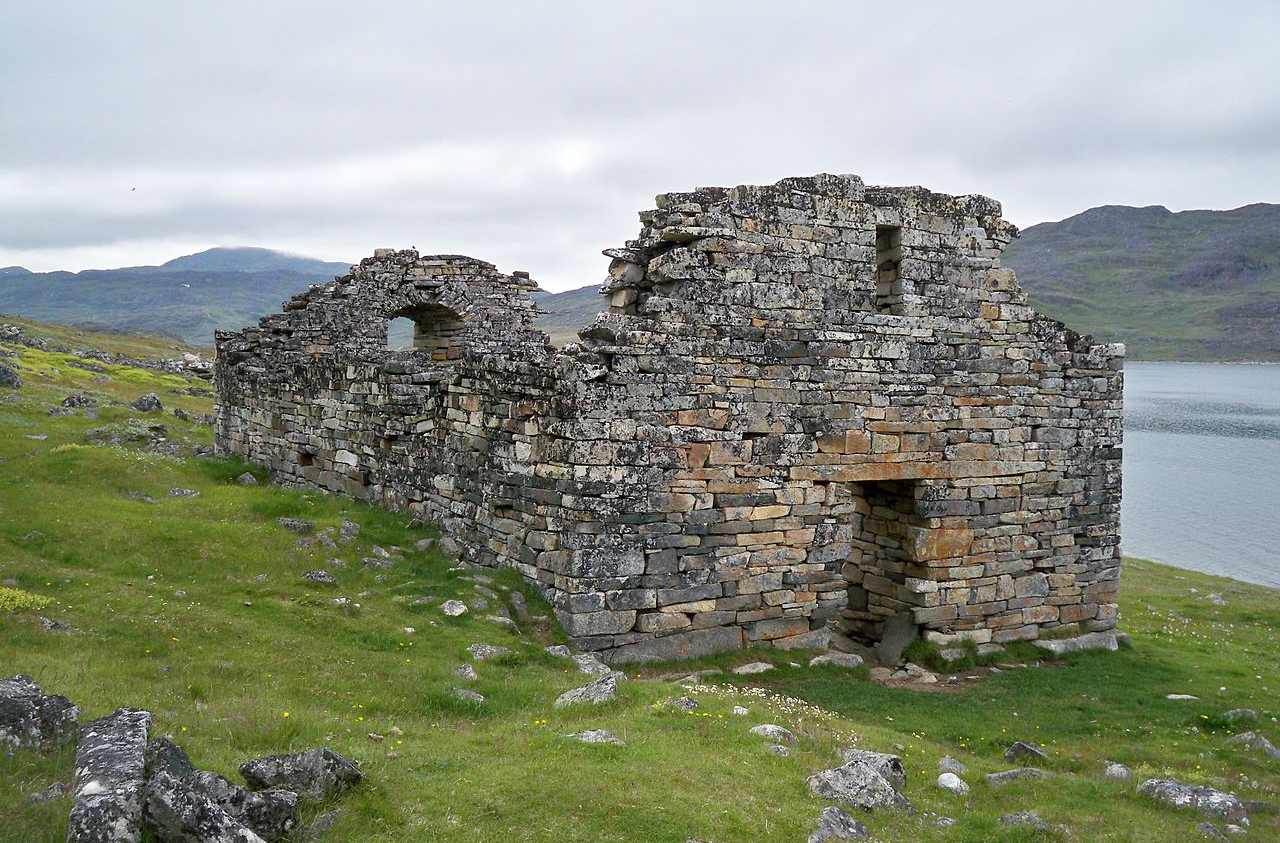 Number 57, CC0, Wikimedia Commons
Number 57, CC0, Wikimedia Commons
He Was Winning
During the summers, when the weather was more favorable to travel, each settlement would send an army of men to hunt in Disko Bay above the Arctic Circle for food and other valuable commodities such as seals (used for rope), ivory from walrus tusks, and beached whales.
They became a well-established, self-sustained colony. Greenland was becoming a prosperous nation, and Erik was at the center of it all.
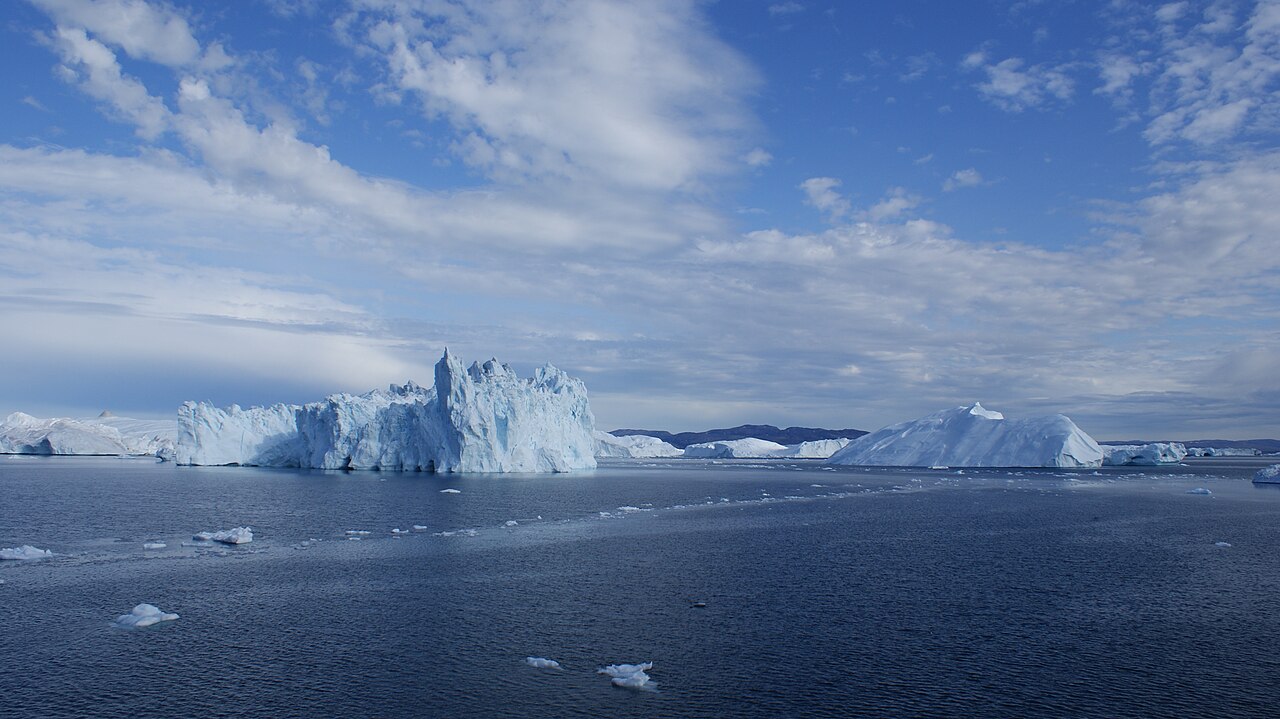 Algkalv, CC BY-SA 3.0, Wikimedia Commons
Algkalv, CC BY-SA 3.0, Wikimedia Commons
He Made It To The Top
In Greenland, Erik lived like royalty and enjoyed the title of paramount chieftain—a Norse Ruler. He and his family enjoyed a far better quality of life than he had back in Iceland as a troubled man constantly evading the law.
Here, they lived in a massive estate in the Eastern Settlement and enjoyed great wealth, and his children benefited greatly from it.
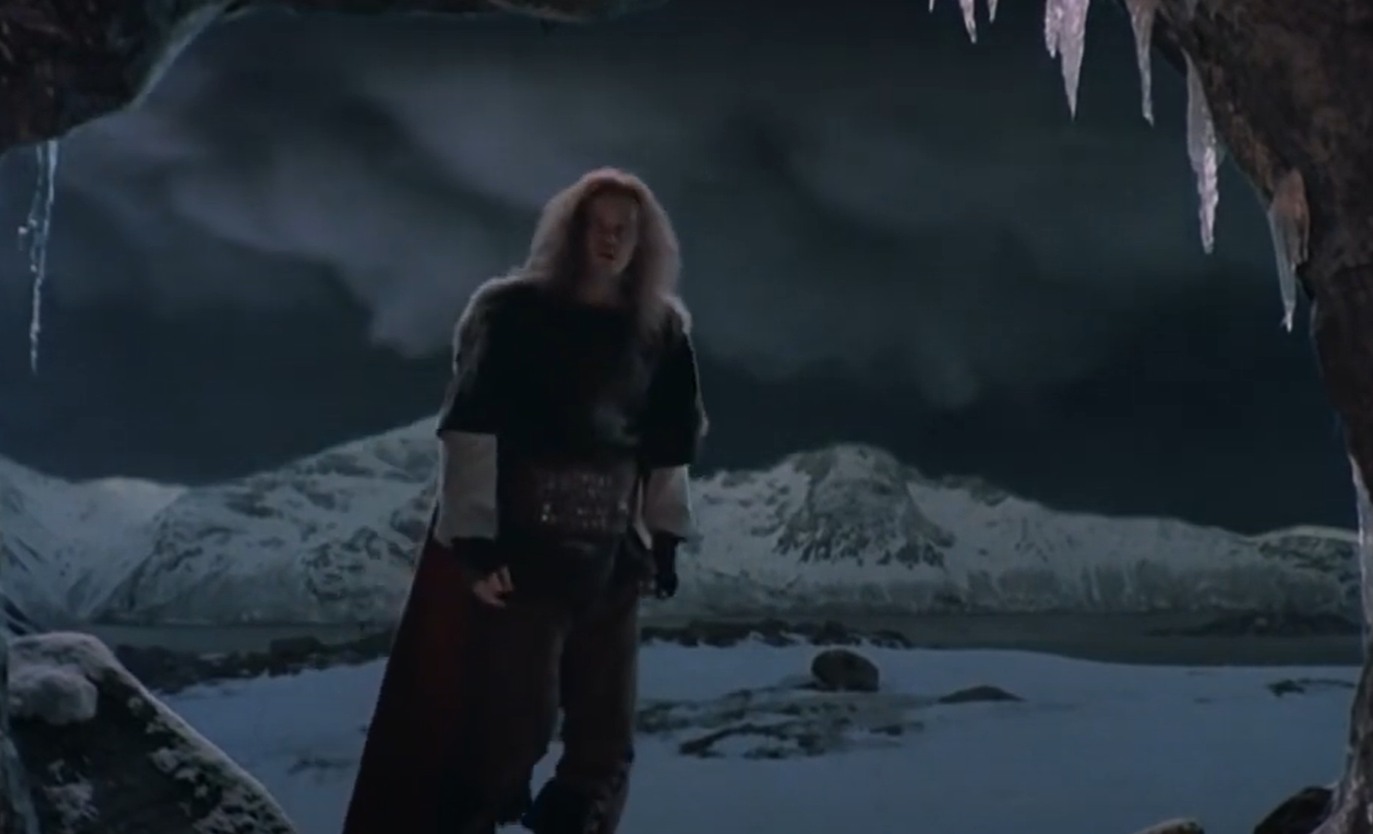 Prominent Features, Erik the Viking (1989)
Prominent Features, Erik the Viking (1989)
He Hired Someone To Care For His Kids
Erik’s children, Thorstein, Thorvald, Leif, and Freydís, were entrusted to one of Erik’s thralls, Tyrker. He was to keep charge of the children—who affectionately referred to him as their “foster father". And he taught them some imperative skills.
Erik’s daughter, Freydís, grew up to be known as one of history’s strongest female Vikings. And his son, Leif, got even more glory.
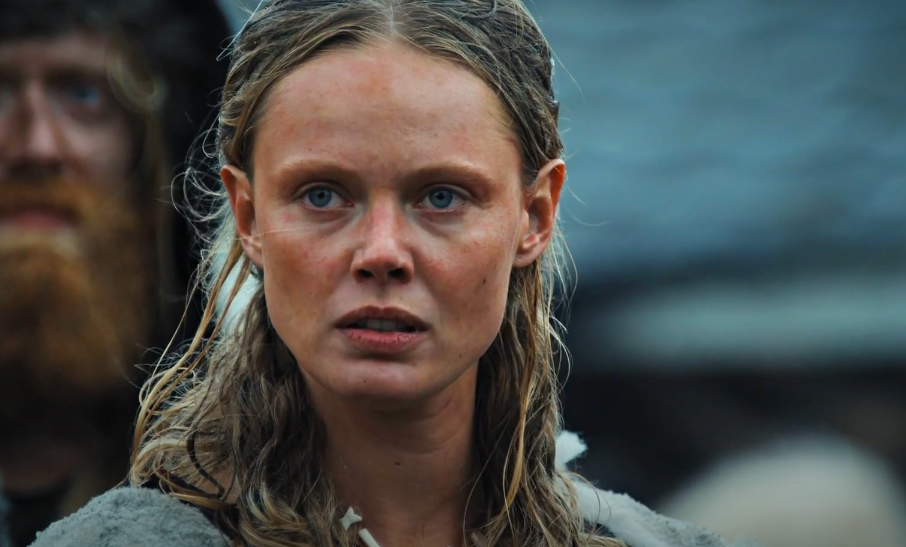 MGM, Vikings: Valhalla (2022-2024)
MGM, Vikings: Valhalla (2022-2024)
His Son Was Chosen By The King
Erik’s son, Leik Eriksson, has been historically described as a “wise, considerate and strong man of striking appearance". When he reached the proper age, he was requested by the King of Norway to serve as his retainer.
But then the King gave him a task—one that Erik did not approve of.
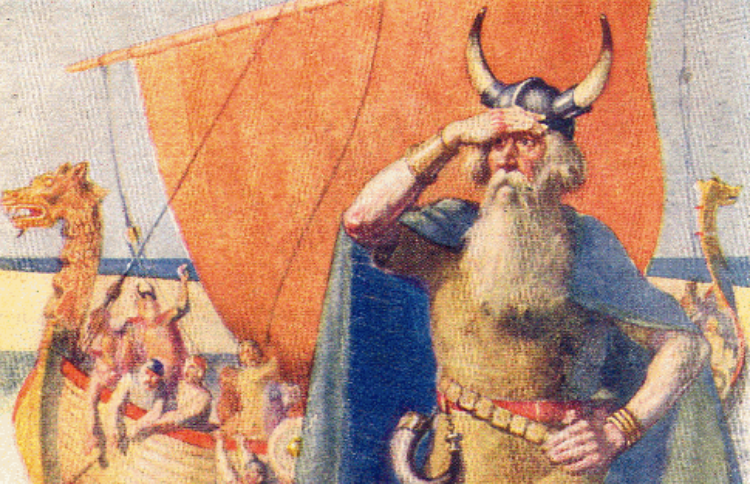 Monro S. Orr, Wikimedia Commons
Monro S. Orr, Wikimedia Commons
He Held On Strong To His Faith
After arriving in the King’s court, Leif was converted to Christianity, and was then tasked with converting the settlers in Greenland. Erik was very much against this, as he remained a follower of Norse paganism—and after all, he was ruler of Greenland.
However, the King had spoken, and Leif delivered.
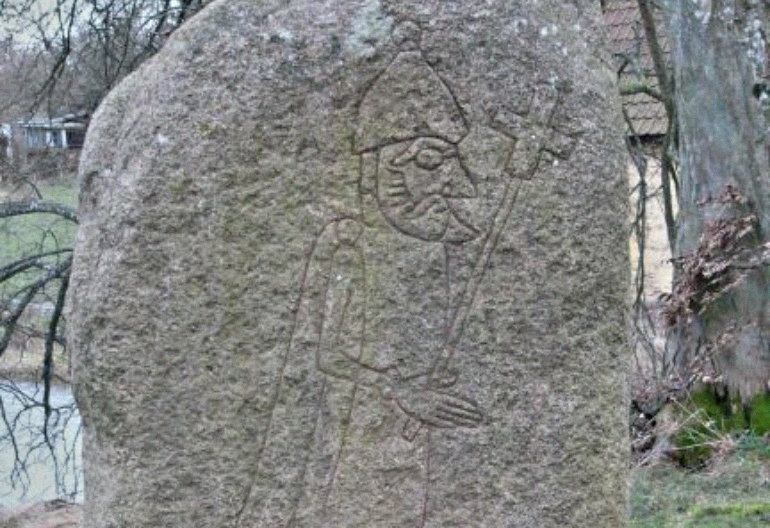 Ole E. Henriksen, Wikimedia Commons
Ole E. Henriksen, Wikimedia Commons
He Didn’t Give In
Leif, his wife, and his mother all converted to Christianity. His mother even went as far as commissioning Greenland’s first church. And when Erik continued to serve his Norse gods rather than follow his wife, she took drastic measures to prove her displeasure.
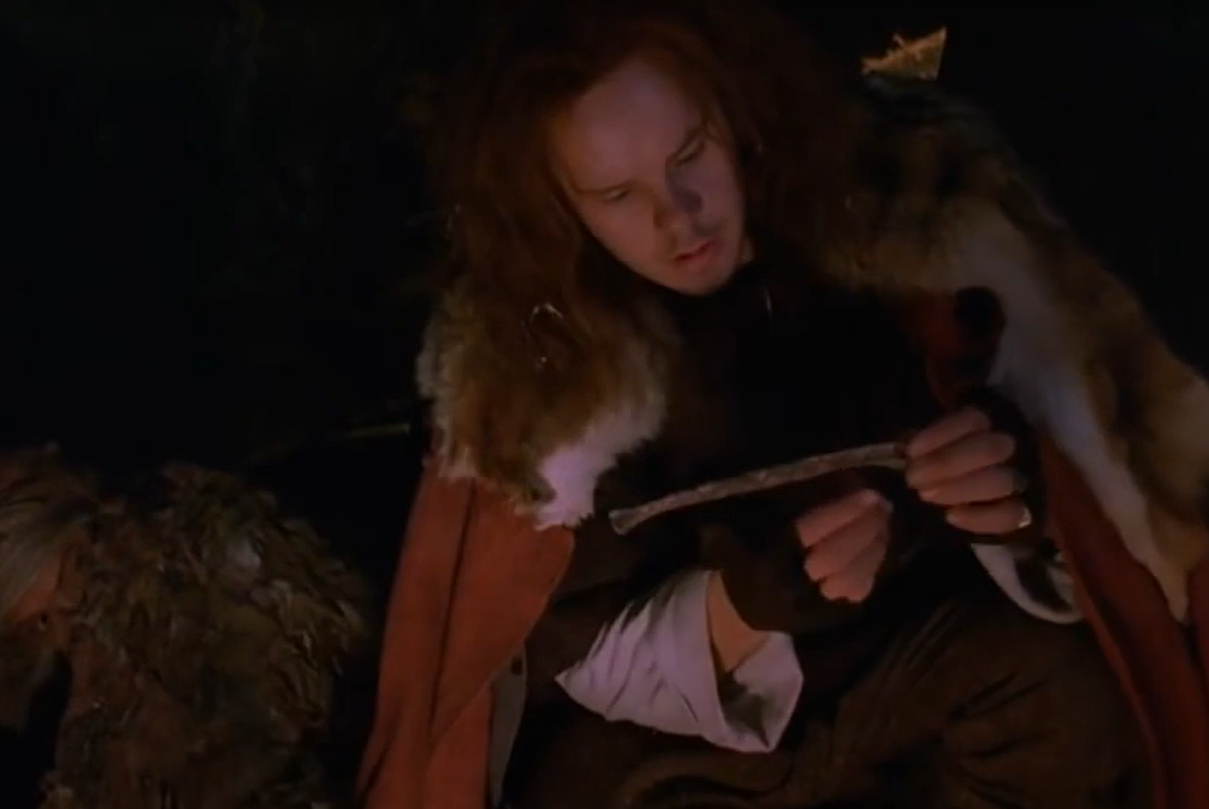 Prominent Features, Erik the Viking (1989)
Prominent Features, Erik the Viking (1989)
His Wife Didn’t Give In Either
Erik didn’t like the new religion, and he definitely didn’t like that it was taking over his settlements. But his own wife had already converted, built a church and was actively converting others. So, when Erik refused to follow, his newly-devoted wife decided to withhold herself in bed until he did.
Apparently, women have been using that power for millennia.
 Prominent Features, Erik the Viking (1989)
Prominent Features, Erik the Viking (1989)
His Son Stumbled Upon Something Great
Leif was highly successful with his task, and had become well-known for bringing Christianity to Greenland—but that’s not the only thing the history books give him credit for.
Before he arrived back in Greenland to convert the settlers, Leif’s ship was conveniently blown off course—and he unintentionally discovered something amazing.
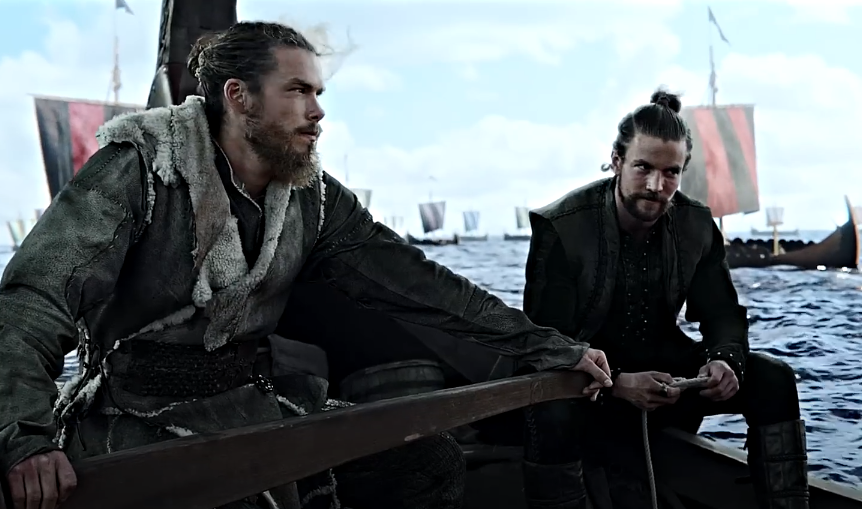 MGM, Vikings: Valhalla (2022-2024)
MGM, Vikings: Valhalla (2022-2024)
His Son Discovered New Land
During Leif’s journey back home, his ship was blown off course and he ended up discovering a place he later named Vinland—a region in North America, most likely modern-day Newfoundland, Canada.
The new land was filled with forests and grapes, which led him to call it Vinland (“Land of the Wine”).
His Family Went From Rags To Riches
Leif returned home to tell everyone of his discovery. And while his siblings later joined him on further expeditions of what would later be known as North America, Leif Eriksson is credited with being the first known European to set foot in continental North America, adding even more success to the family blood line.
Pretty impressive for a family who literally started from the bottom.
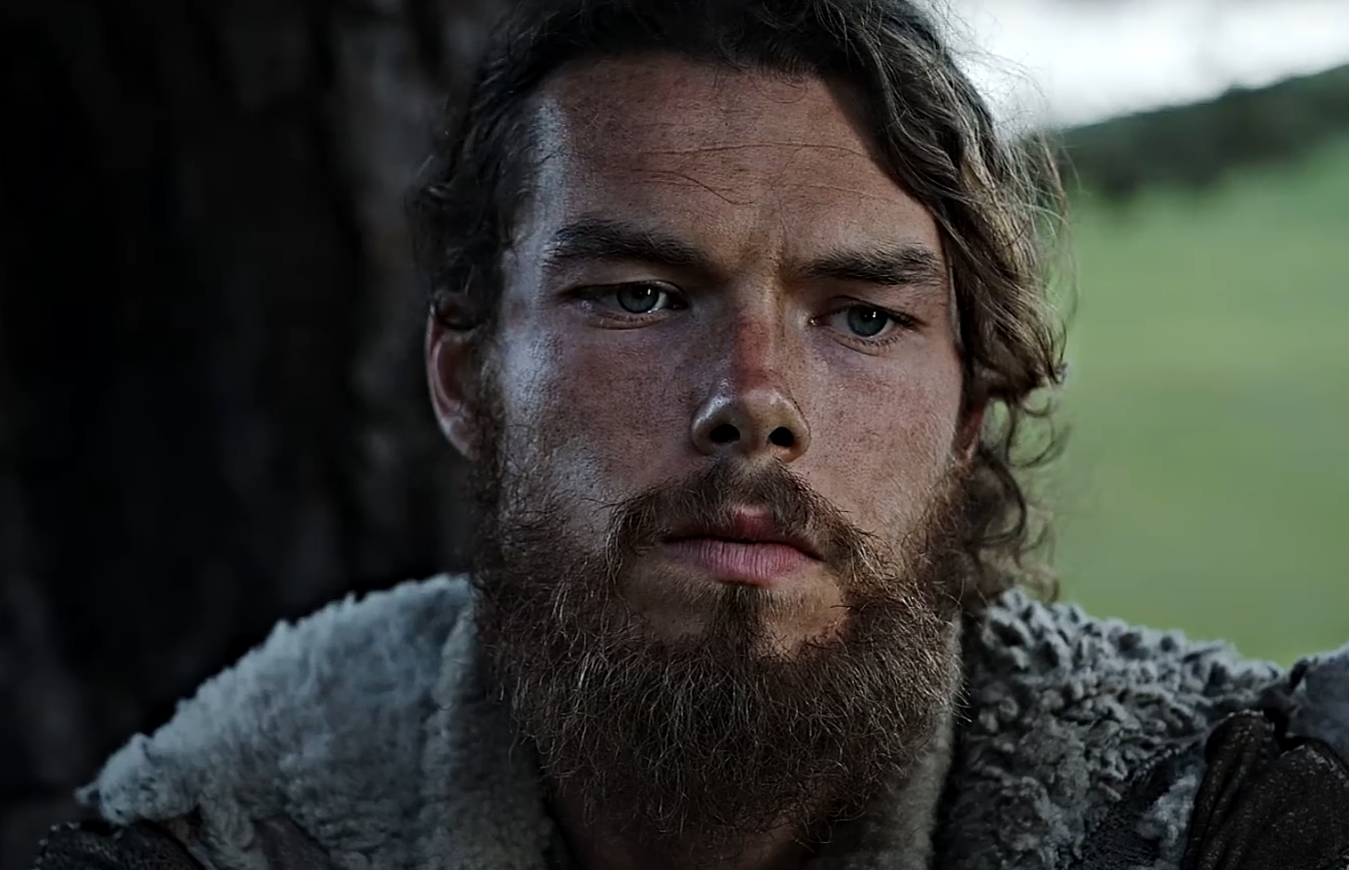 MGM, Vikings: Valhalla (2022-2024)
MGM, Vikings: Valhalla (2022-2024)
He Was Getting Old
Back in Greenland, Leif asked his father Erik to join him on a journey to Vinland, but he declined because he felt as though he was too old for such an expedition. Eventually, Leif convinced him, but just as they were approaching the ship, something happened that caused Erik to rethink his plan once again.
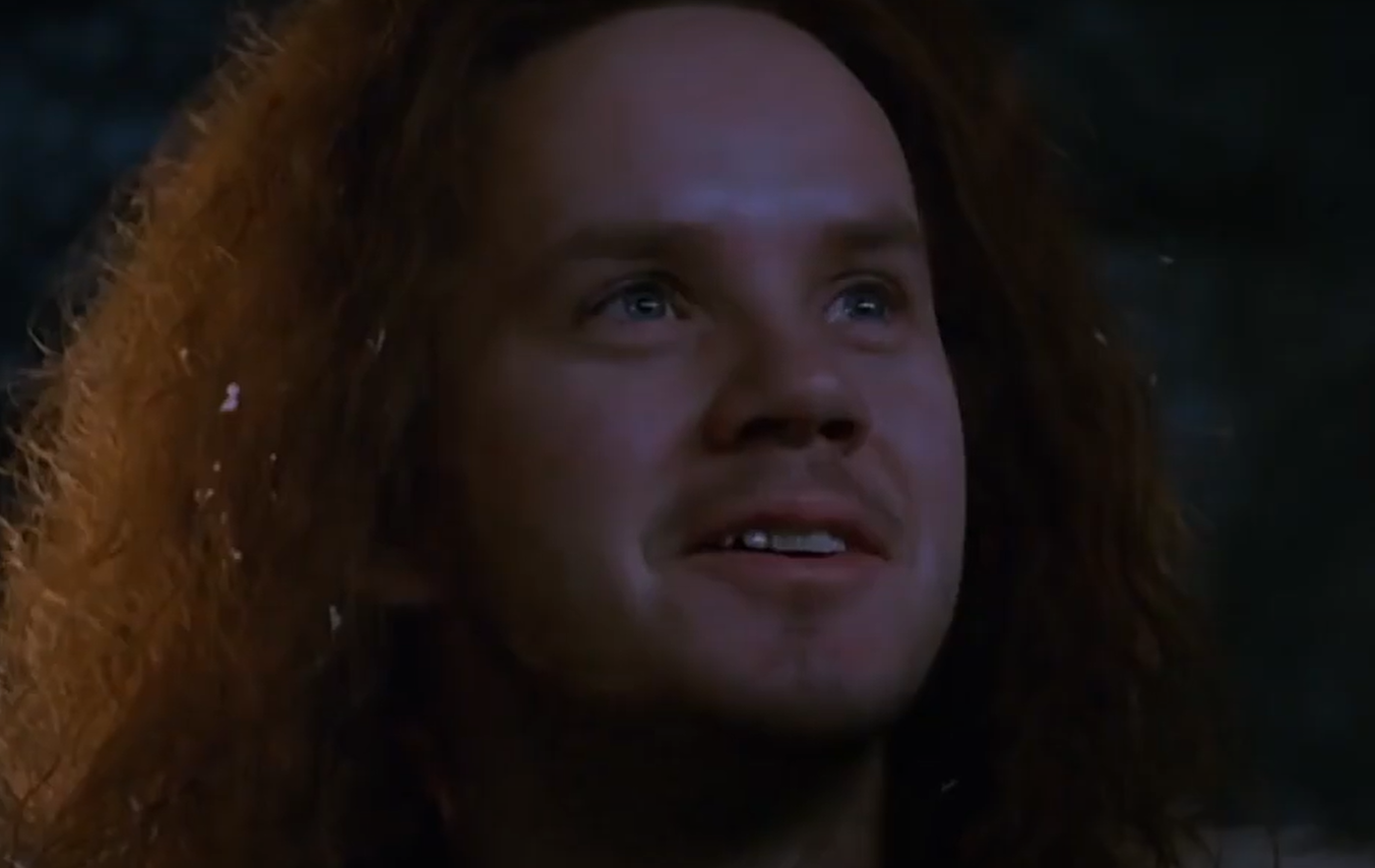 Prominent Features, Erik the Viking (1989)
Prominent Features, Erik the Viking (1989)
He Experienced A Bad Omen
When Erik was getting close to the ship, his horse suddenly bucked and sent him flying. Erik, who was an aging man at this point, took this as a bad omen and decided once and for all not to go. He went home and told his wife that he had a feeling something bad was going to happen—and sadly, he was not wrong.
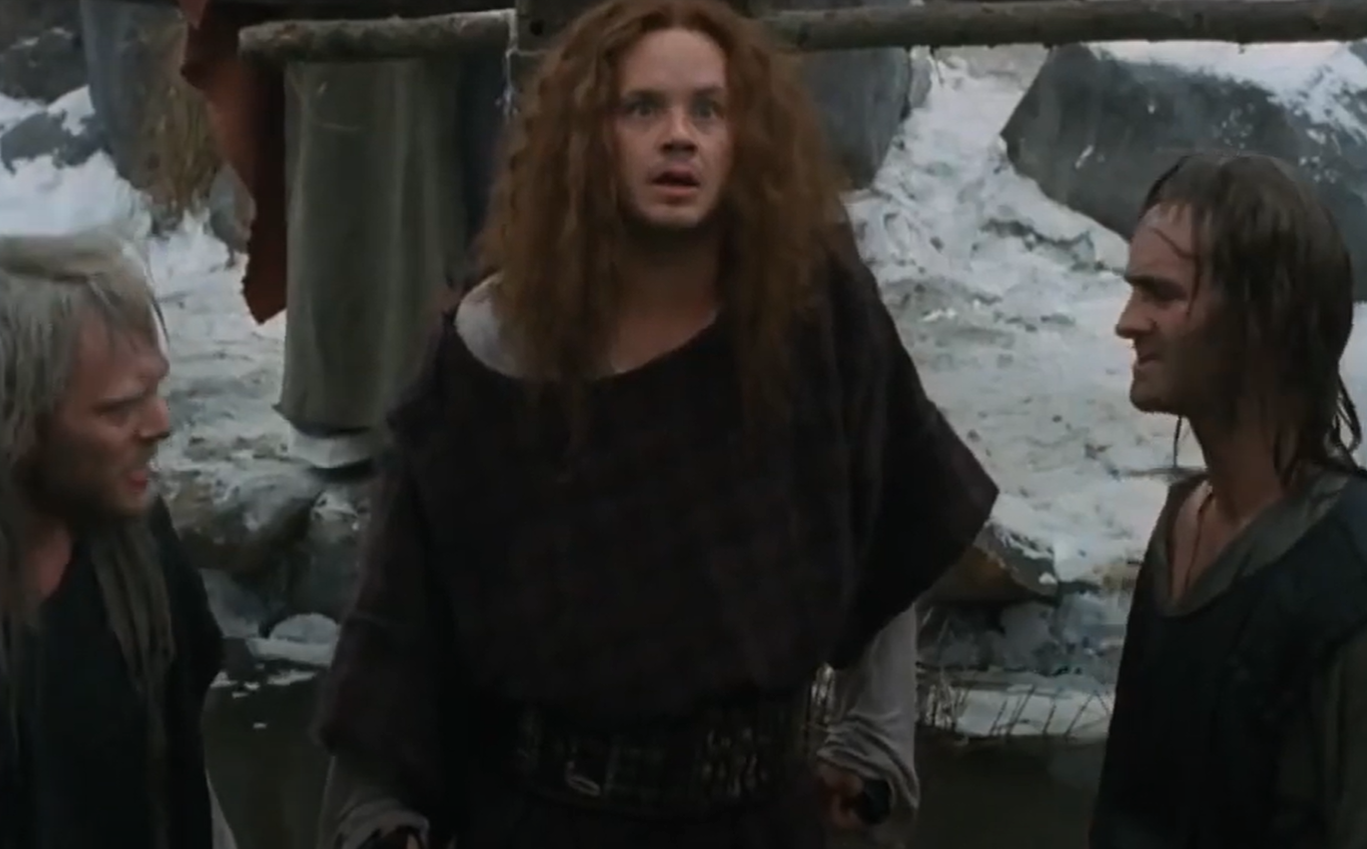 Prominent Features, Erik the Viking (1989)
Prominent Features, Erik the Viking (1989)
His Settlement Was Ravaged By Disease
Tragically, in 1002 CE, a group of newcomers from Iceland brought with them a disease that ravaged the colony. Many of its leading citizens lost their lives as a result.
Unfortunately, Erik, being as almighty and respected as he now was, was not anymore immune than anyone else, and he got sick.
 Bildagentur Zoonar GmbH, Shutterstock
Bildagentur Zoonar GmbH, Shutterstock
His People Were Dying
Erik did everything he could to avoid getting sick, but the disease spread like wildfire. Children and the elderly were the first to go, then everyone became a target. Settlers were dropping like flies—and then it became Erik’s turn.
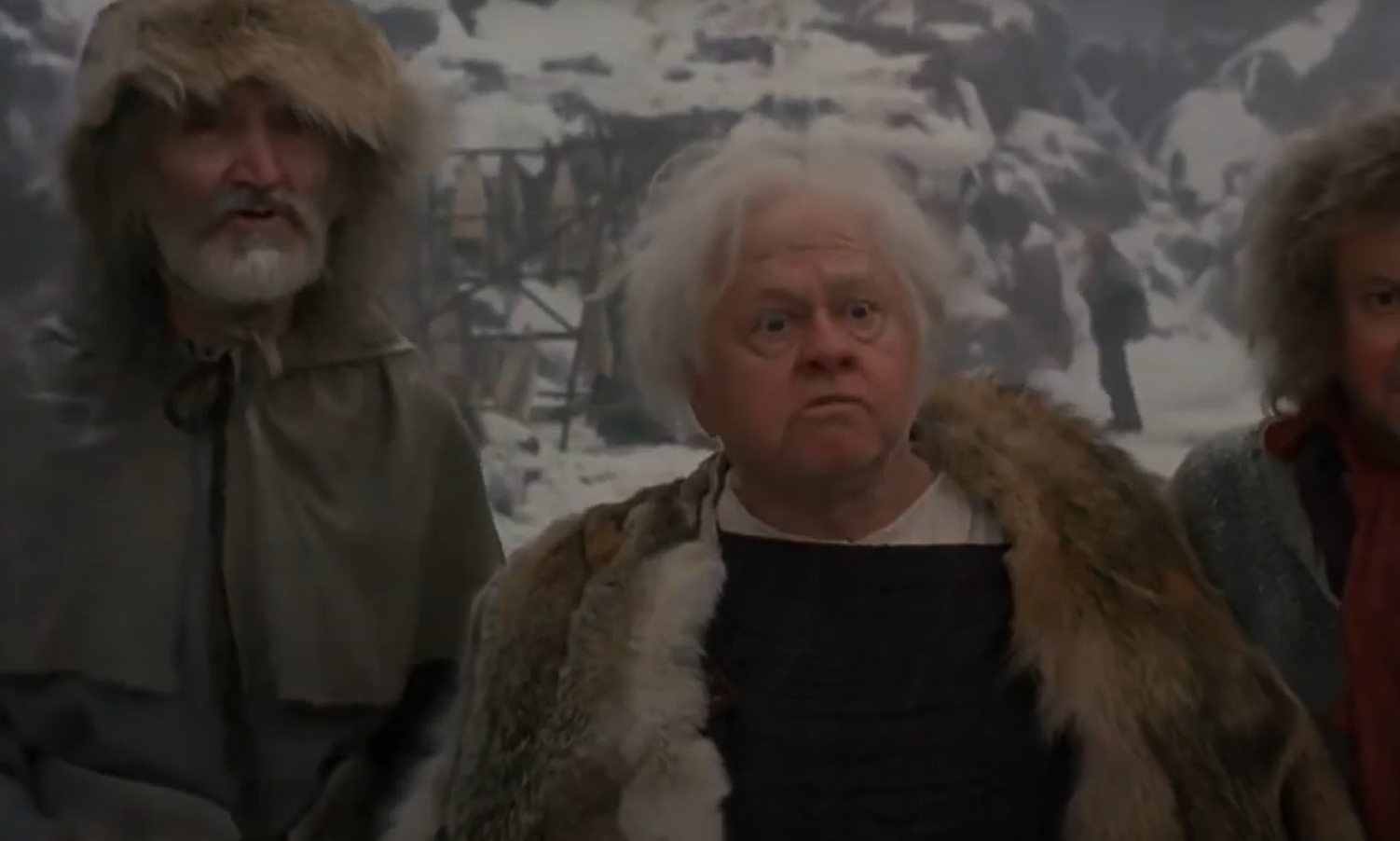 Prominent Features, Erik the Viking (1989)
Prominent Features, Erik the Viking (1989)
He Couldn’t Avoid It
Erik got very sick, very fast. He knew this was the end for him, and had already had a bad feeling that death was at his doorstep. After several days in bed, Erik the Red succumbed to his illness.
But eventually, the disease died off, and the Norse settlements in Greenland prospered once more.
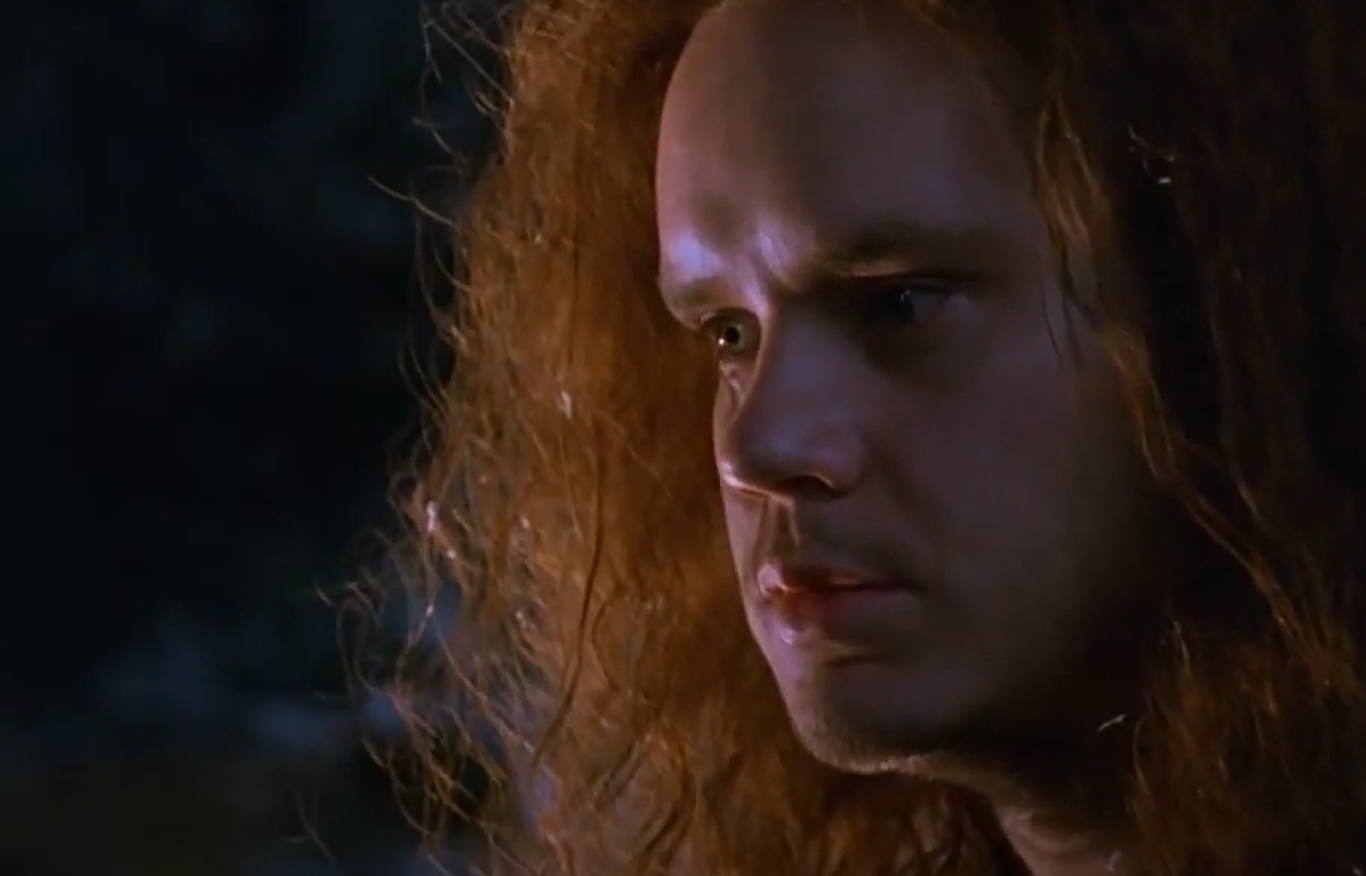 Prominent Features, Erik the Viking (1989)
Prominent Features, Erik the Viking (1989)
His Colony Rebounded
After Erik’s demise, the colony rebounded and survived for quite some time. They became excellent hunters and traders, and built incredible settlements with impressive populations.
However, much like the many groups before them, their utopia didn’t last.
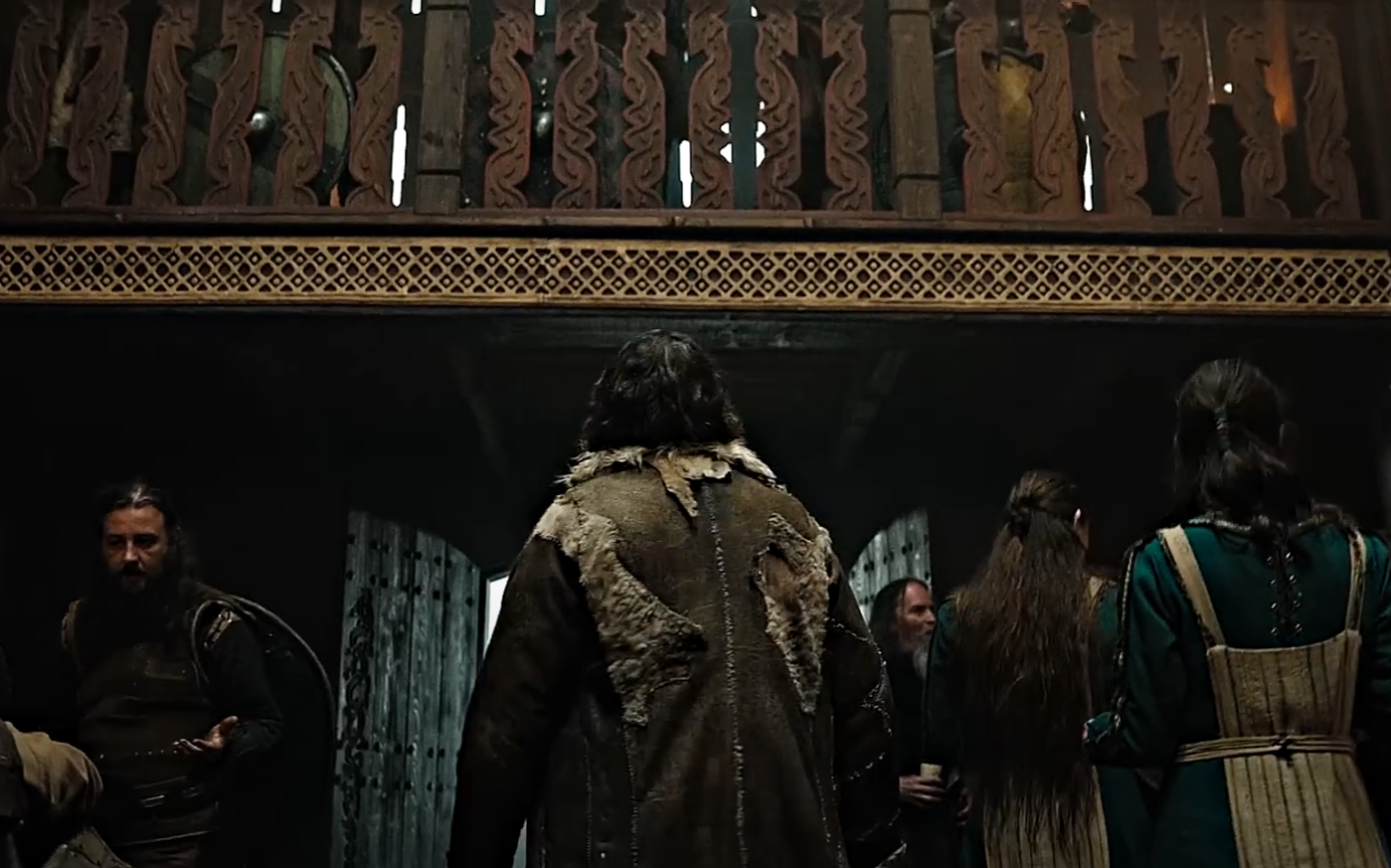 MGM, Vikings: Valhalla (2022-2024)
MGM, Vikings: Valhalla (2022-2024)
The Norse Community Suffered Once More
Beginning somewhere around 1300, the Little Ice Age occurred, basically freezing much of Europe and North America, making the land nearly inhospitable. With unseasonal cold temperatures, and unpredictable storms, the rivers began freezing over and people were no longer able to farm, hunt, trade, or even travel.
As a result, many people perished. But that wasn’t all.
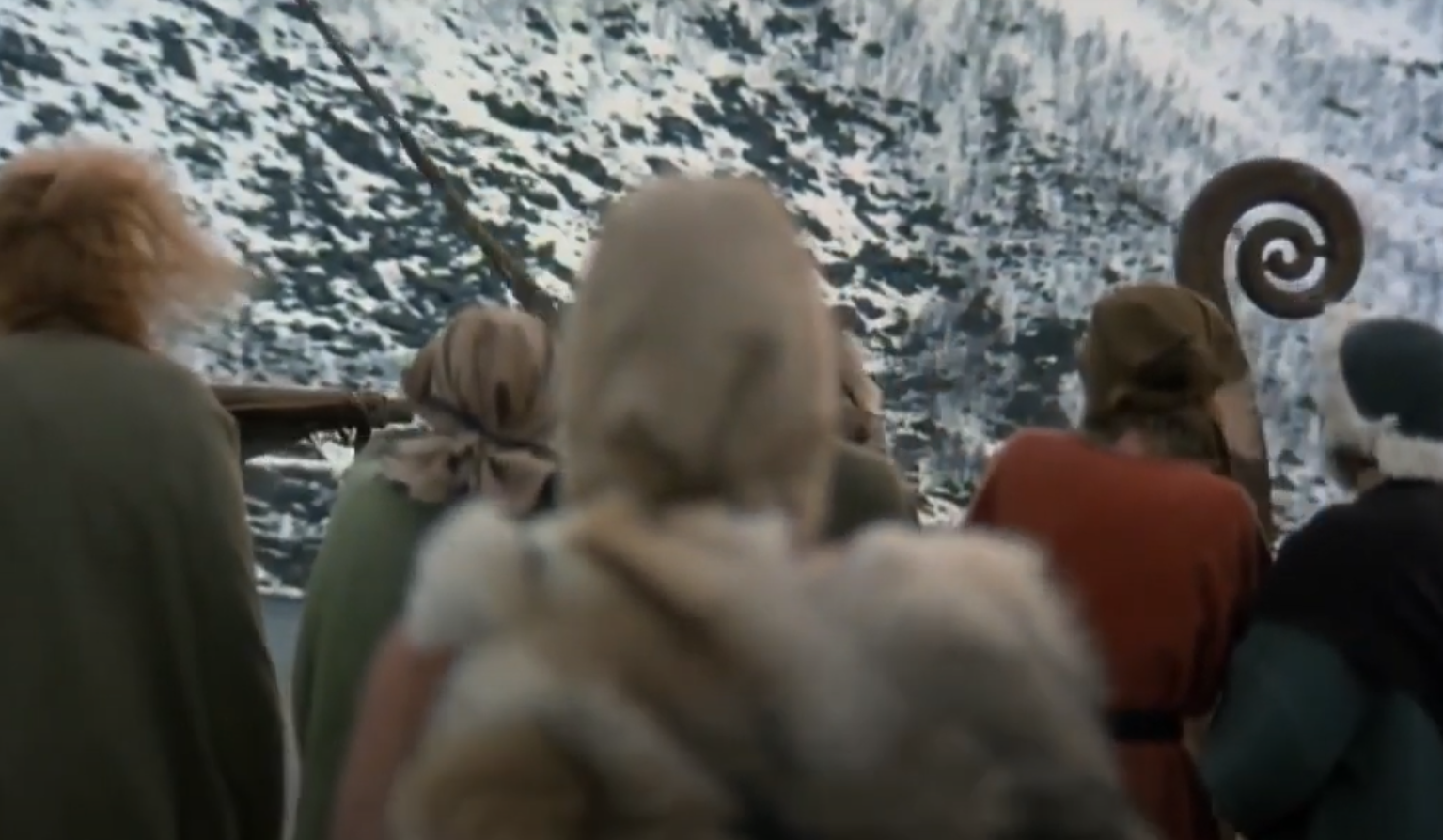 Prominent Features, Erik the Viking (1989)
Prominent Features, Erik the Viking (1989)
Conflict Came Knocking
Whoever was left in Erik’s Greenland settlements at this point experienced horrific pirate raids, and conflict with other Indigenous communities, such as the Inuit—who were now forcing their way into the Norse territories—ultimately leading to the colony’s decline.
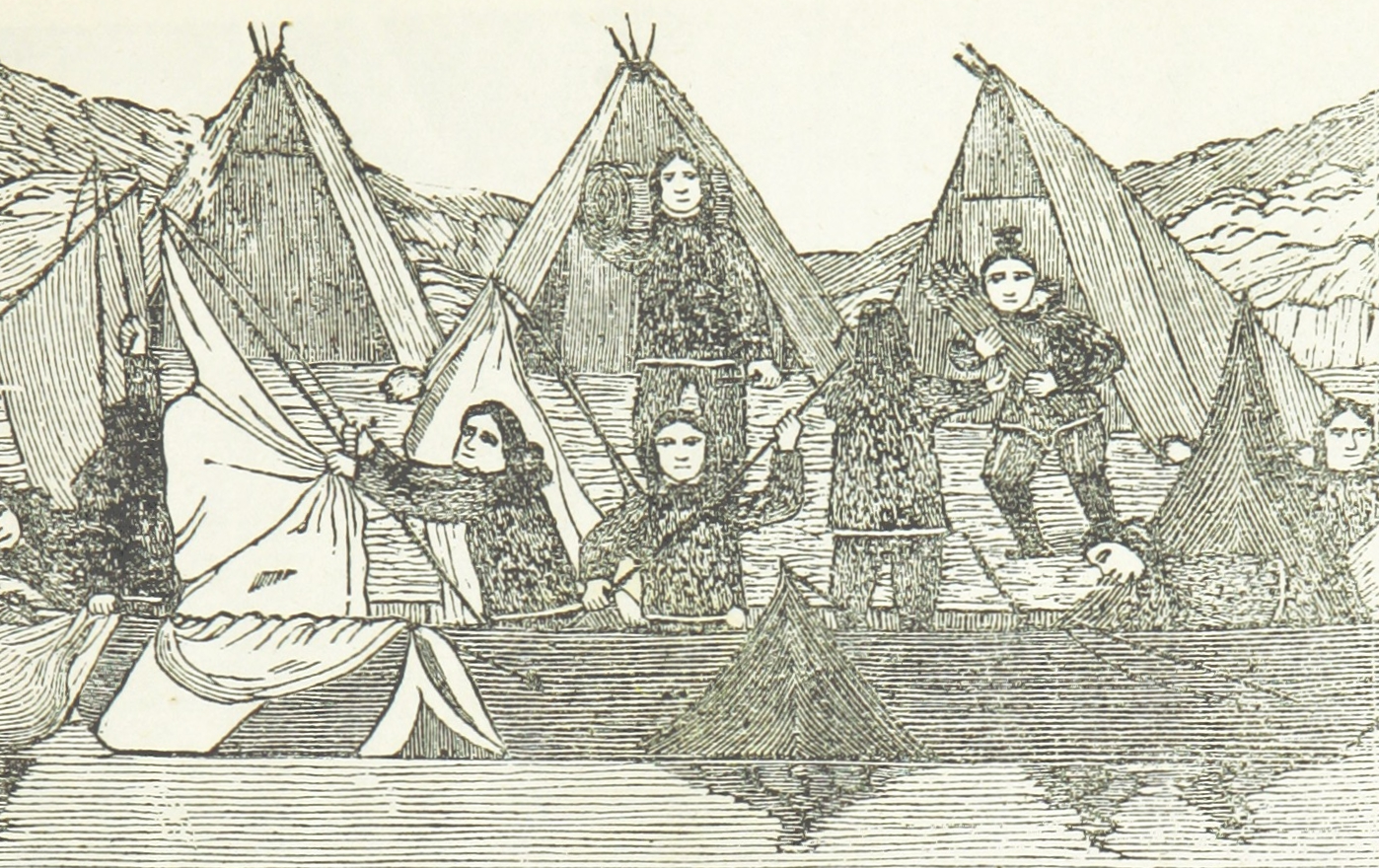 British Library, Wikimedia Commons
British Library, Wikimedia Commons
They Eventually Vanished
While it may sound like a quick downfall, the Norse settlements actually managed to survive in Greenland for a good 450 years before eventually vanishing due to the drastically changing climate, and the presence of other settlers.
But their final days are actually a mystery.
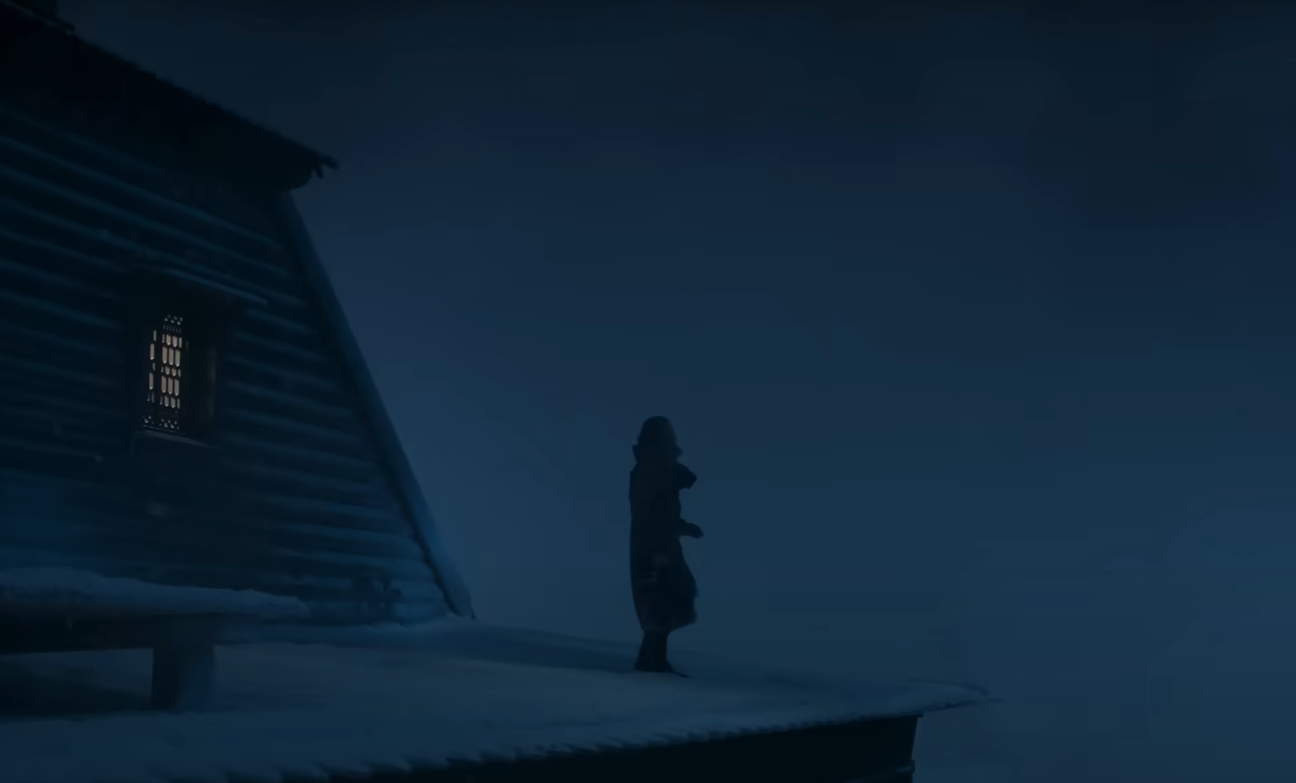 MGM, Vikings: Valhalla (2022-2024)
MGM, Vikings: Valhalla (2022-2024)
A Priest Went Looking
Historians struggle to place the colony’s demise on a timeline, as they believe it may have happened slowly. It’s believed that the settlements were abandoned sometime between 1350 and 1400.
In 1350, a priest sailed over to scope things out—and what he found was devastating.
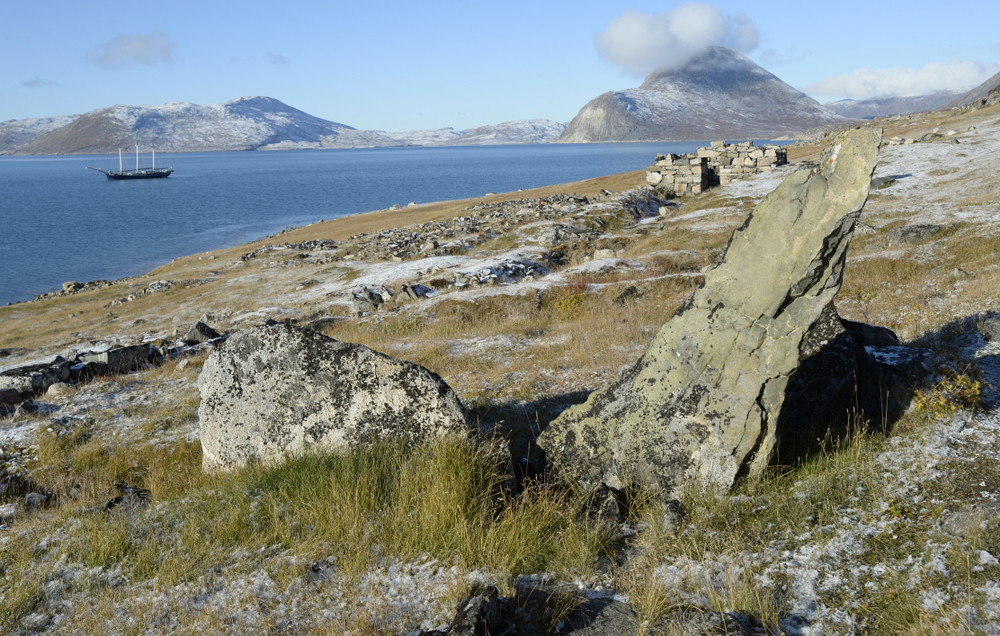 Bildagentur Zoonar GmbH, Shutterstock
Bildagentur Zoonar GmbH, Shutterstock
Abandoned Or Slain?
The priest arrived in Greenland in 1350 and was shocked to find the Western settlement had all been abandoned, leaving essential items behind. Not only that, there appeared to have been a struggle.
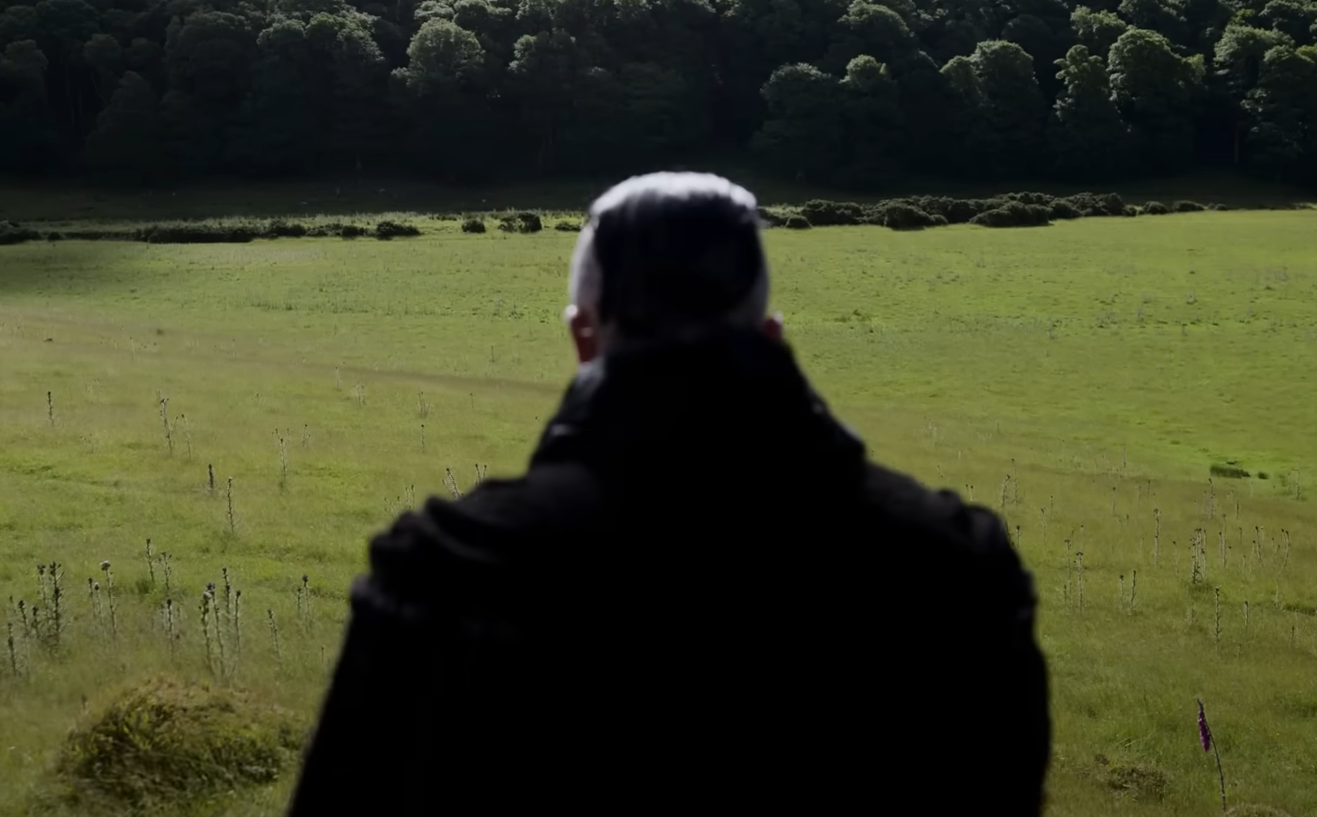 MGM, Vikings: Valhalla (2022-2024)
MGM, Vikings: Valhalla (2022-2024)
A New Group Of Settlers
The priest gathered enough evidence to cause him to believe that perhaps a group of North American settlers had conquered the settlement and killed all the inhabitants.
Five years later, the King of Norway and Sweden stepped in.
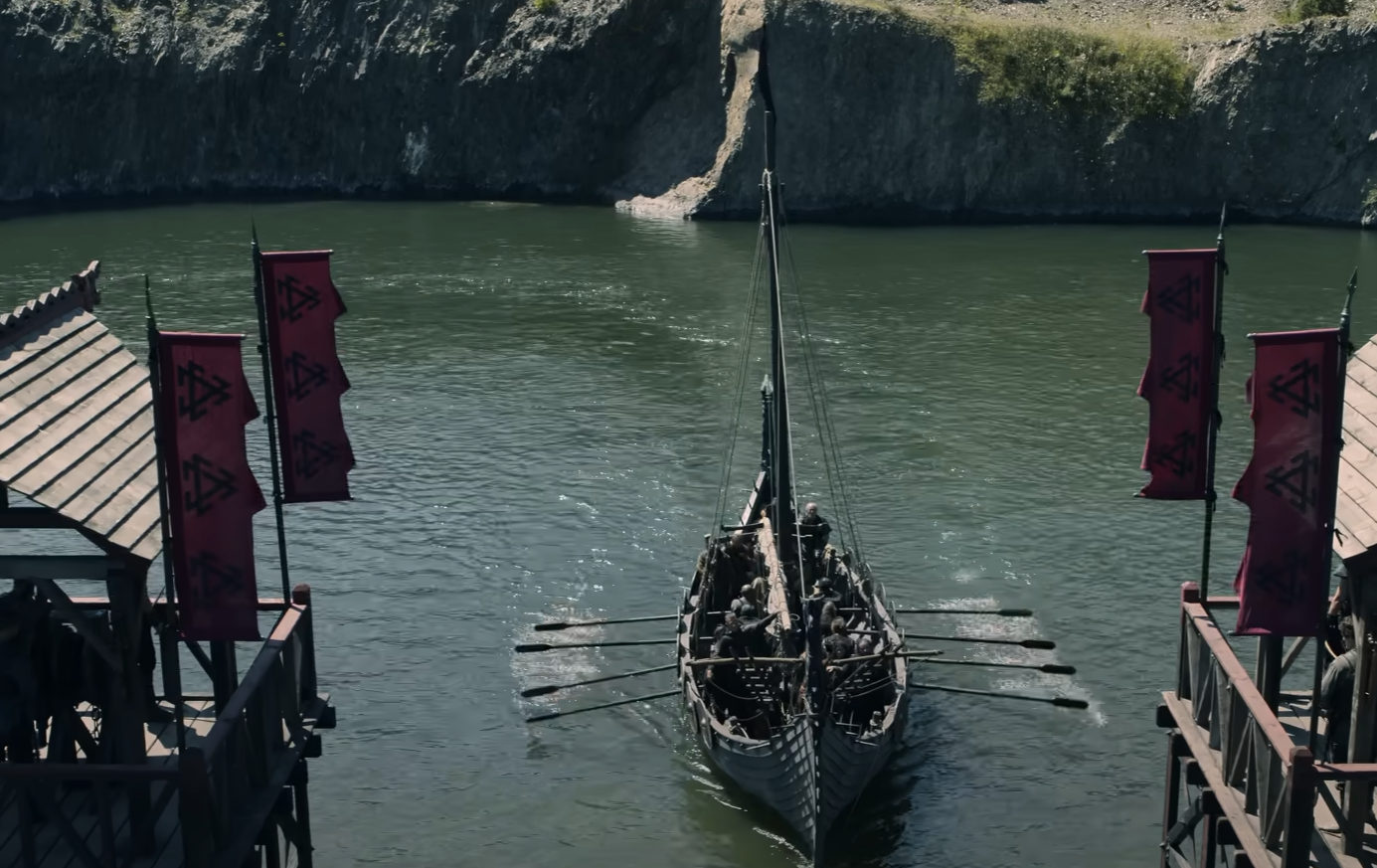 MGM, Vikings: Valhalla (2022-2024)
MGM, Vikings: Valhalla (2022-2024)
The King’s Findings
In 1355, the King sent a Swedish-Norwegian expedition to western Greenland in 1355 to help any remaining settlers, but when Captain Paul Knutson reached the western settlement, he did not find any Norse.
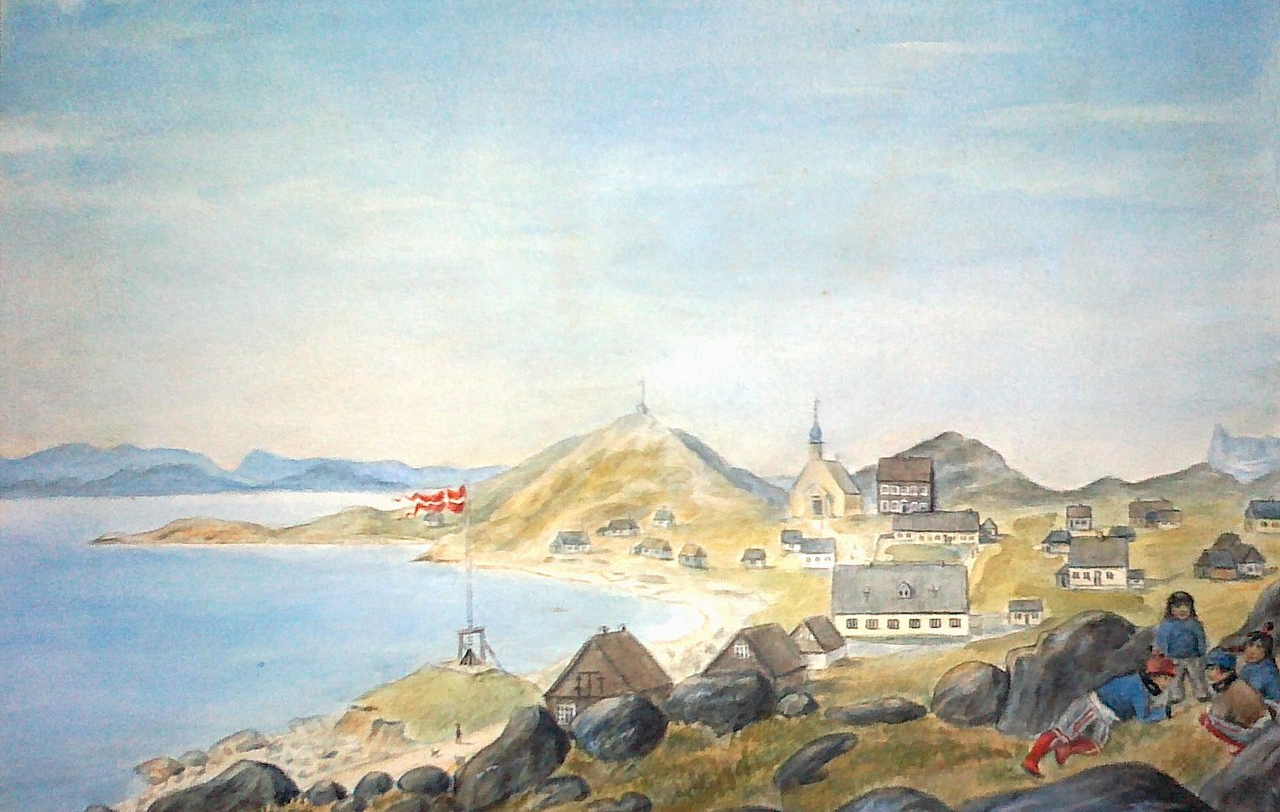 The National Museum of Denmark, CC BY-SA 2.0, Wikimedia Commons
The National Museum of Denmark, CC BY-SA 2.0, Wikimedia Commons
The End Of Norse Vikings In Greenland
Several other expeditions over the years yielded the same results, and some even found lifeless Norse Vikings, leading to the conclusion that there were no longer any Norse Vikings left in Greenland.
While this is a sad ending, Erik the Red’s legacy was not forgotten.
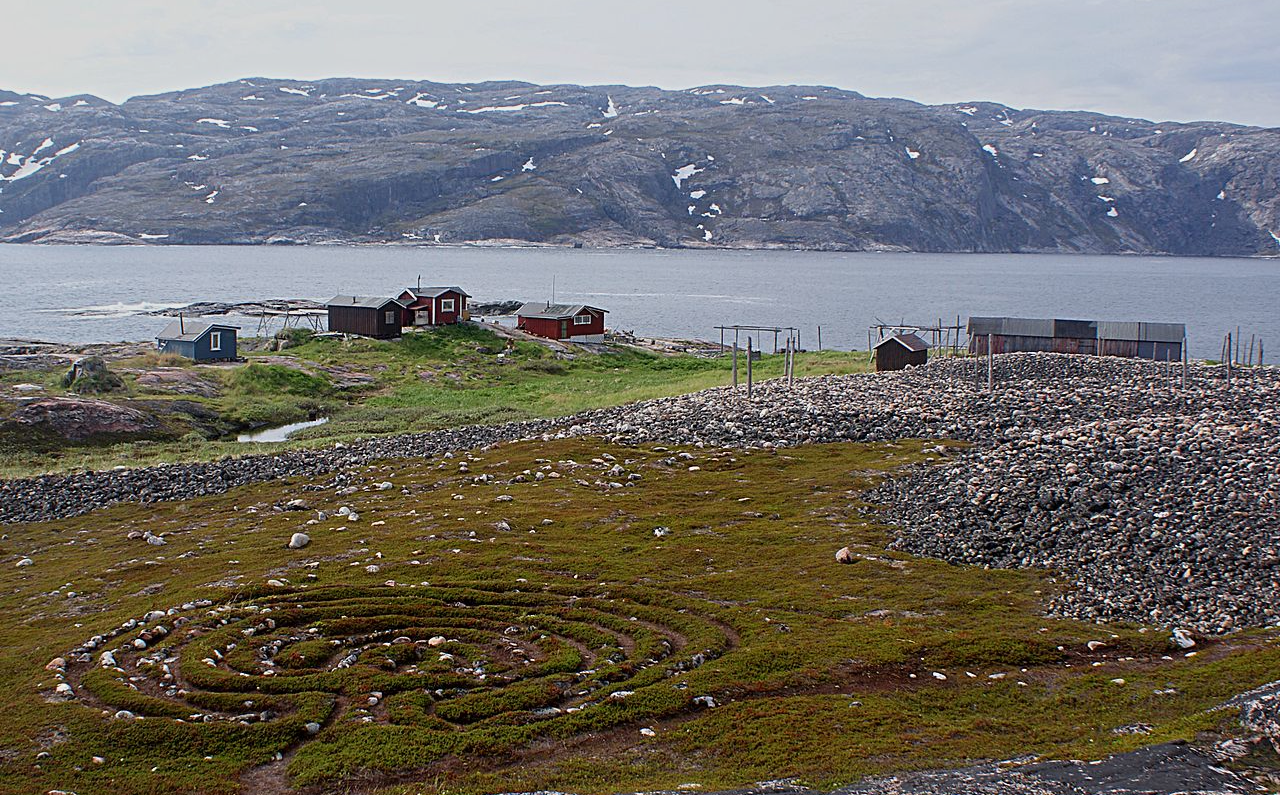 Vilfred Ingilæ, CC BY-SA 3., Wikimedia Commons
Vilfred Ingilæ, CC BY-SA 3., Wikimedia Commons
Erik’s Legacy
Even though his colony did not survive, Erik the Red’s discovery of Greenland remains a crucial part of history. Not only is his rags to riches story one for the books, his legacy lived on through his children, who went on to become great explorers and strong Vikings themselves.

